Clarke BedfordClarke Bedford (1947)
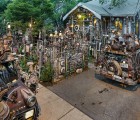


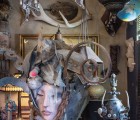
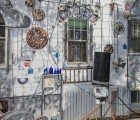
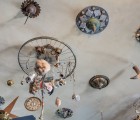
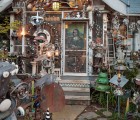
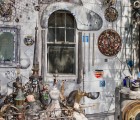
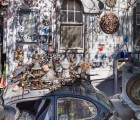
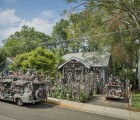
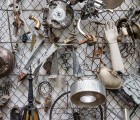
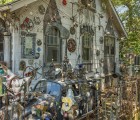
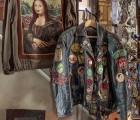
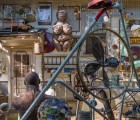
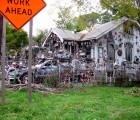
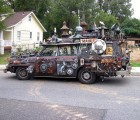
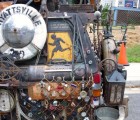
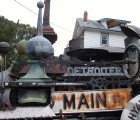
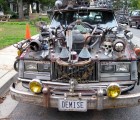
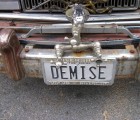
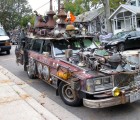
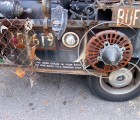
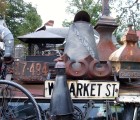
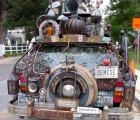
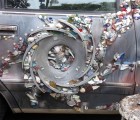

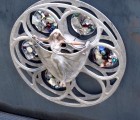

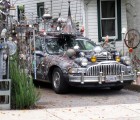
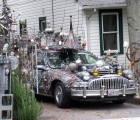
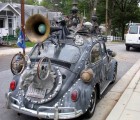
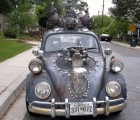
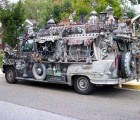
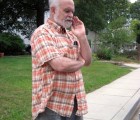

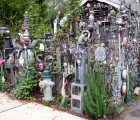
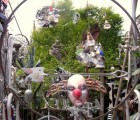
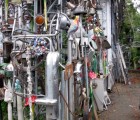
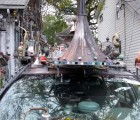
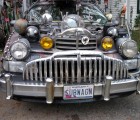
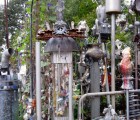
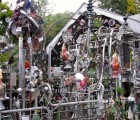
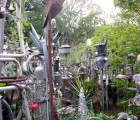
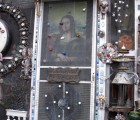
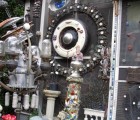
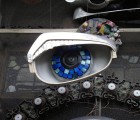
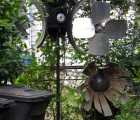
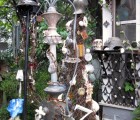
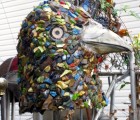
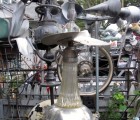
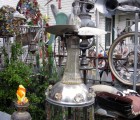
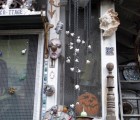
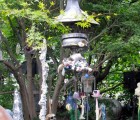
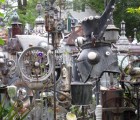
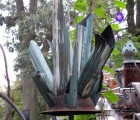
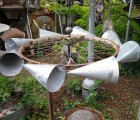
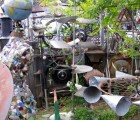
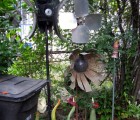
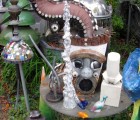
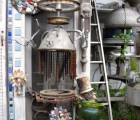
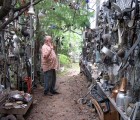
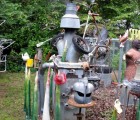
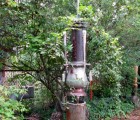
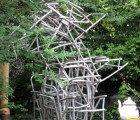
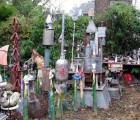
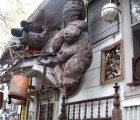
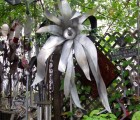
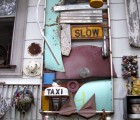
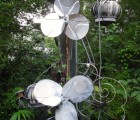
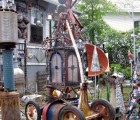
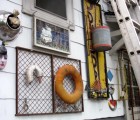
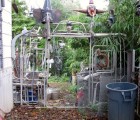
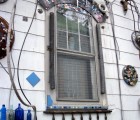
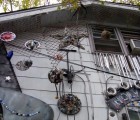
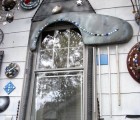
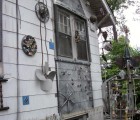
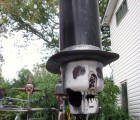
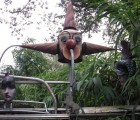
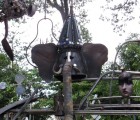
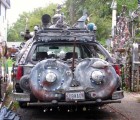
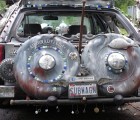
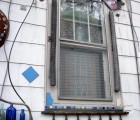
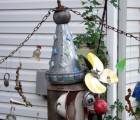
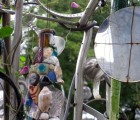
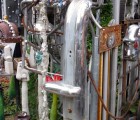

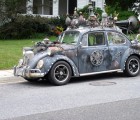
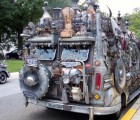
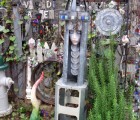
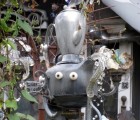
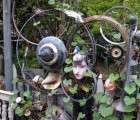
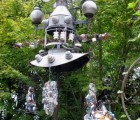
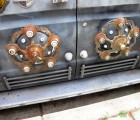
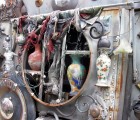
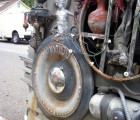
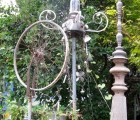
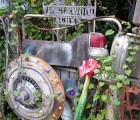
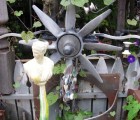
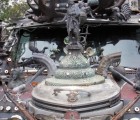
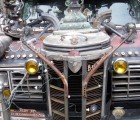
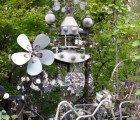

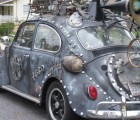
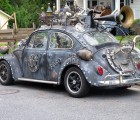

Extant
3810 Nicholson Street, Hyattsville, Maryland, 20782, United States
Most of Clarke Bedford’s site is easily visible from the sidewalk, and he welcomes visitors. If he isn’t home to offer a tour, however, he asks that his private property be respected.
About the Artist/Site
Born in 1947 in Greenwich Connecticut, Clarke Bedford entered Williams College in 1969 as a science major. He graduated an art major four years later, mostly having produced paintings and sculptures in the multidisciplinary, experimental atmosphere of the 1960s. After graduation, he moved between the country, New York City, and Boston, and his jobs included working for a small printing company, a textile designer, and administering polygraphs for a psychologist. His interest in assemblage sculpture, which was to become a lifelong obsession, emerged at this time, while he still continued to make realist and calligraphic-like abstract paintings.
After a friend's suggestion, in 1977, he applied to an art conservation program in Cooperstown, New York. With his background in both the arts and sciences, he was accepted into the program, and there, as part of the conservation training, he learned photography. Mesmerized by the distinctive soft-focus warm-tone look of later 19th century photography, he was inspired to make stylistically similar photographs of often humorous subjects: light passing through monumental broccoli stalks, or small kewpie dolls that at first glance look like 19th-century topographical photographs of carved Egyptian monoliths. His interest in early photography is an outgrowth of his passion for objects and processes dating from about 1880 to 1920: “that exciting period: late Victorian, reform Victorian, the beginnings of Modernism, Arts and Crafts, English Arts and Crafts, Wiener Werkstätte, early Art Deco, Pre-Raphaelite….” After completing the conservation program in 1980, Bedford moved back to Baltimore (where his family had relocated in 1960). An internship at the Hirshhorn Museum in Washington DC led to a 23-year art conservator position, during which he worked on Modernist sculptures as well as on paintings by Mondrian, DeKooning, Miro, Eakins, Homer, and numerous others.
While working full time and raising a family, Bedford continued to make his own art, including spoof-narrative books illustrated with his photographic constructions. The semi-autobiographical William Tecumseh Sherman and the Venus of Willendorf, the Suburban Years was in part inspired by his World War II veteran father's difficult readjustment to civilian life with his beautiful wife (Clarkes’ mother). The life-size, styrofoam Venus of Willendorf model for the photographs now hangs from the back of Bedford’s suburban Washington DC house. Using slides he distressed to appear vintage, Bedford also gave satirical academic lectures at venues including the College Art Association and the National Gallery of Art. For one performance — to accompany his exhibition of fake Modernist art objects — Bedford dressed Victorian-style as “Frederick Draper Kelly, Prince of the American Renaissance,” a fictitious 19th-century American art collector who proudly projected images of his mistaken acquisitions. Another book, Coleslaw Baklava, satirized contemporary art in part by using 1950s images from a home economics book: for example, performance art is illustrated by a circle of farmers in a wheat field.
Around 2000, as the digital era was setting in, Bedford stopped making photographic artworks. His sculptures were no longer made to be photographed or to be part of a narrative, and he started “messing with [his] Saab convertible in a burst of experimentation.” He ripped off the bumpers, and, with Model A replacements, made the car look more like a ‘30s roadster. “The art car thing was going from being an adjunct to [my] interest in decorative arts, into being more of an art form — it really started as sort of a costume about that time (1930s), and then other aesthetics started to take over.” “[A] Volvo that I still have became a constructivist machine-looking thing with architectural steeples: something to do with Dada, Dubuffet, Cubism, Tinguely’s self-destructive machine…that Modernist aesthetic of Kurt Schwitters, Paul Klee and the Twittering Machine….”
Rather than conventional “art cars” with self-contained themes, Bedford’s vehicles are more like movable sculptures that are part of his overall body of work. His home environment began accidentally after the Saab “exploded” and he began to incorporate parts of it into the fencing around his property. The fence became an ongoing work of assemblage-sculpture, and soon a “Christmas tree,” made from a piece of 1930s cast iron dental equipment sprouting fan blades — draped with Christmas lights for the holidays — became his first yard decoration. “You just keep having more stuff, something doesn't fit on the cars, and you don't like it on the fence, so you put it on the side of the house,” Bedford says. Influenced by his conservator’s perspective, almost everything displayed outdoors is weather-resistant, and he uses very little paint. Ceramics and glass supply color accents, but overall, the industrial grey metallic look predominates. Bedford embraces the “Steampunk” aesthetic: “the Volvo became like a sculpture, a little bit like a boat, a little bit like a cityscape, a little bit like an industrial revolution machine, it's what the Steampunk thing I think is all about: this fascination with giant steam machines, Jules Verne, and the whole kind of weird threatening elegance of Victorian times: Sherlock Holmes, sinister things, World War I….” His sculptural environment is an outgrowth of his “huge passion” for collecting artifacts from this favorite era, and he spent many weekends driving out into the country to thrift stores and auctions. “So my interest evolved from more of an antique thing into more of an art thing; it's some kind of an acknowledgment of the difference between machinery in the industrial revolution and our modern invisible electronics.”
Formerly known as Contempo By The Lake after a found sign attached to the front door, Bedford currently calls his site Vanadu Gardens. His best-known vehicle, Vanadu, an ’88 Ford Econoline van, is usually parked on the street in front: “people think it looks architectural, like the skyline of Budapest.” Site and vehicle assemblages are bolted together (Bedford doesn’t weld) from the cut, ground, and drilled raw materials he finds. For Vanadu, the various attached metals were painted in layers, then sprayed with carburetor cleaner to create a uniform aged-metal patina that contradicts the underlying era of the van: “there's a lot of fakery in conservation — and with these cars and the house, it's all about fakery — it's trying to make the thing look like it's been there for a long, long time even though your mind says it couldn't have been.”
The non-doctrinaire, open-ended aesthetic of the early Modernist period also appeals to Bedford: artists such as Picasso and Gauguin, who embraced influences from nonwestern tribal cultures, or Van Gogh, who followed his own (deeply) inner course. In a similar vein, Bedford admires what he terms the “outsider ethos” of self-taught environment-builders who freely turn their inner passions into a public spectacle. Vanadu Gardens is not an imitation of an “outsider” environment, however: it is an authentic and resplendent result of the artist allowing his own passions to spread out all over!
Most of Clarke Bedford’s site is easily visible from the sidewalk, and he welcomes visitors. If he isn’t home to offer a tour, however, he asks that his private property be respected.
artist website: www.clarkebedford.com
~Fred Scruton
Contributors
Map & Site Information
3810 Nicholson Street
Hyattsville, Maryland, 20782
us
Latitude/Longitude: 38.960724 / -76.95404
Nearby Environments

Can you provide SPACES with images of this art environment?
Please get in touch!
Garden of Almanology and Astrometry
Washington, District of Columbia


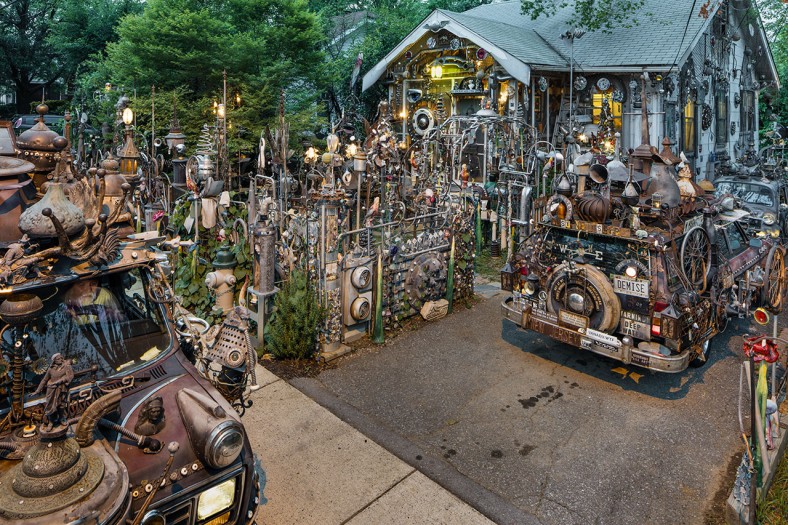
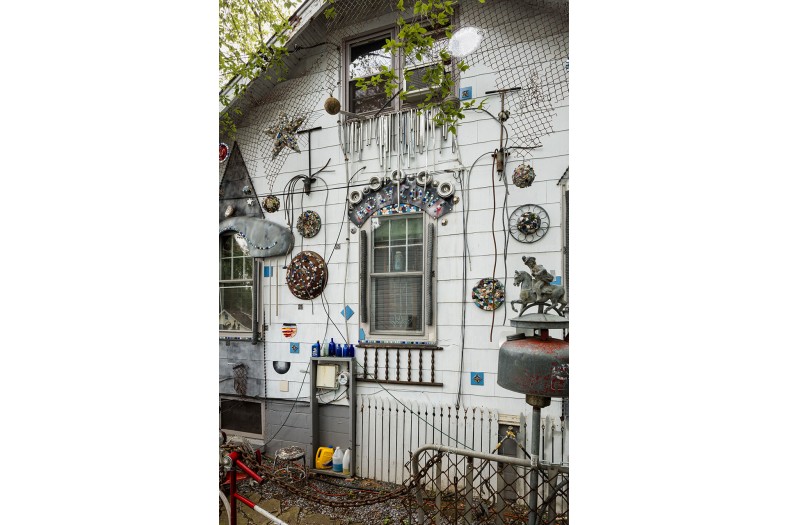
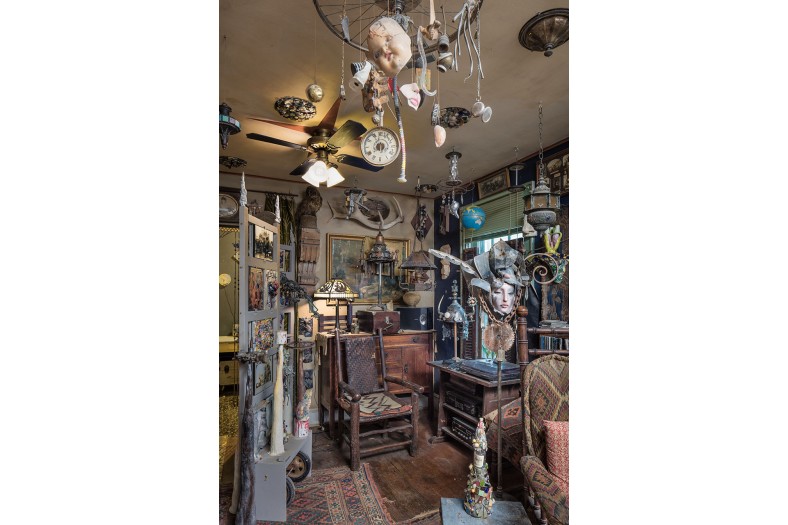
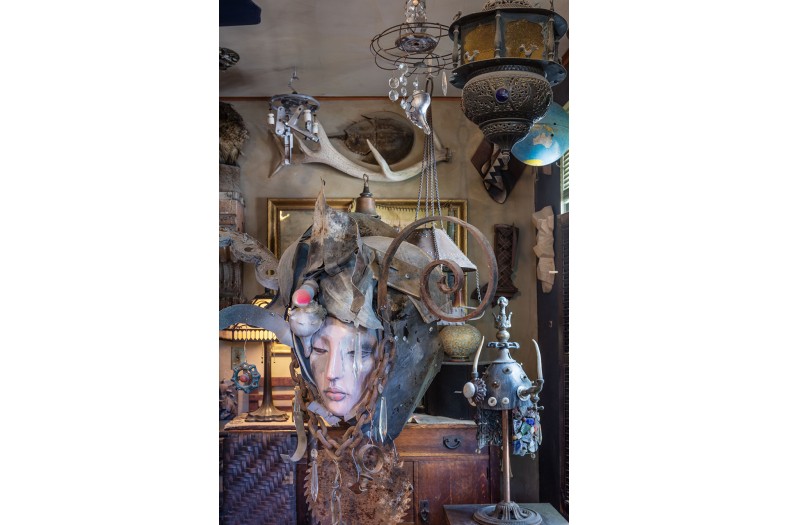
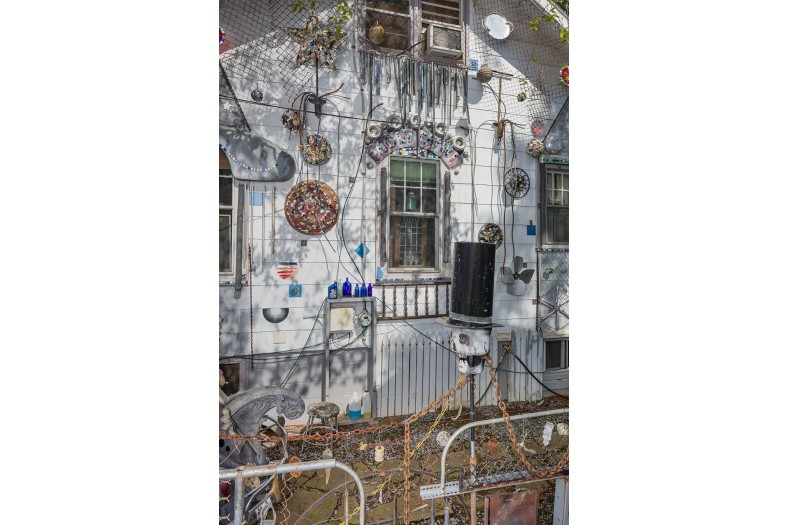
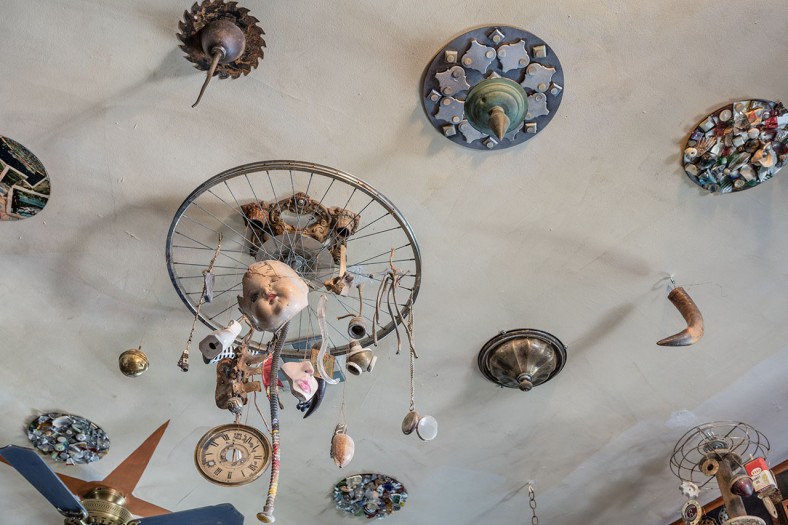

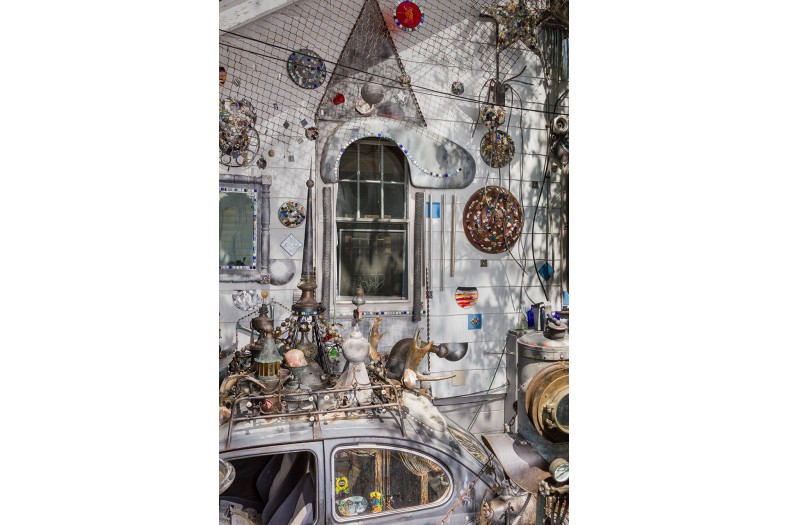
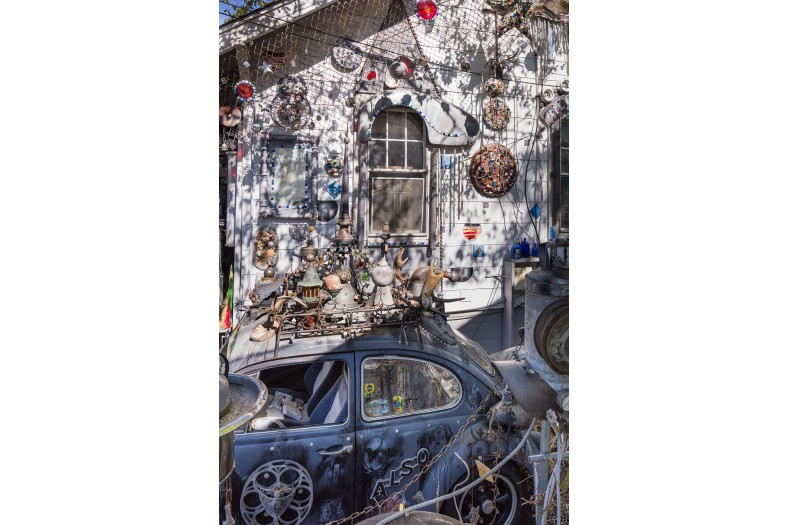
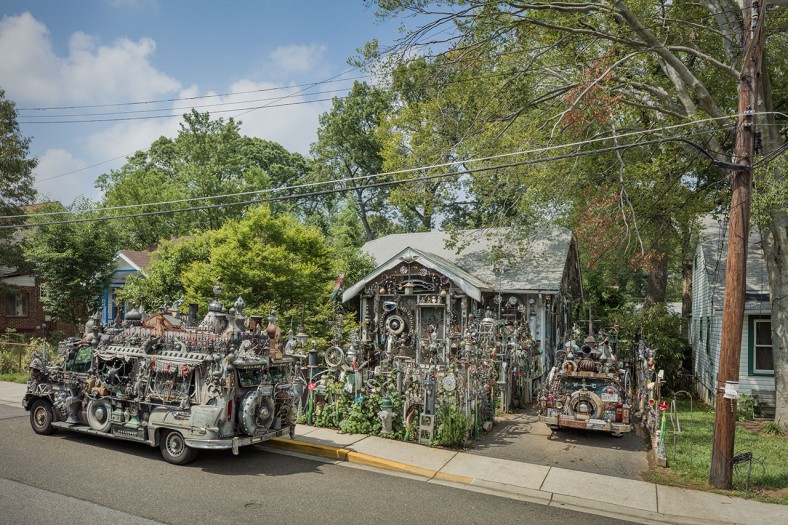
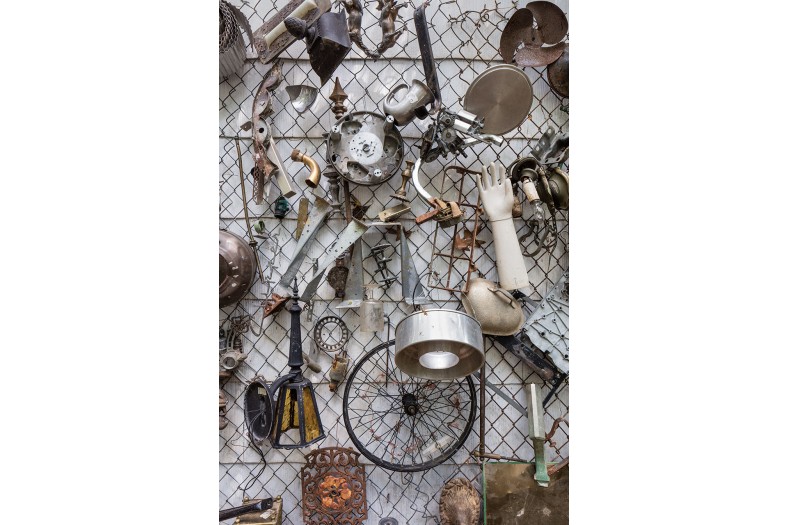
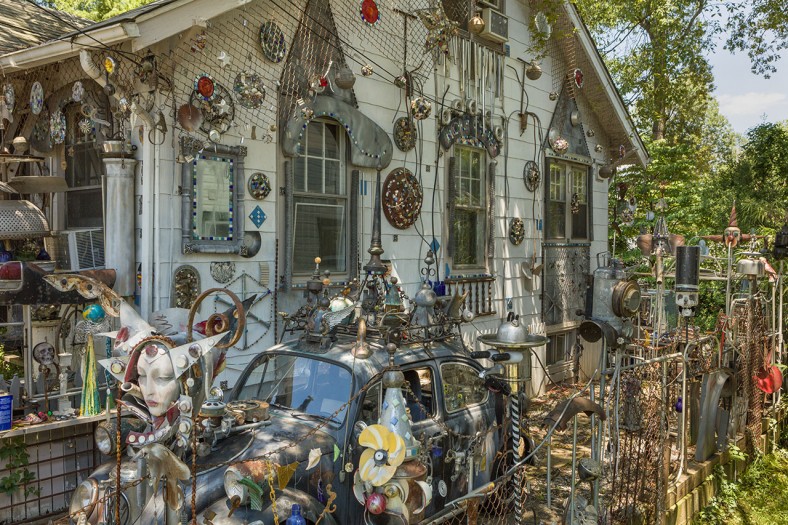
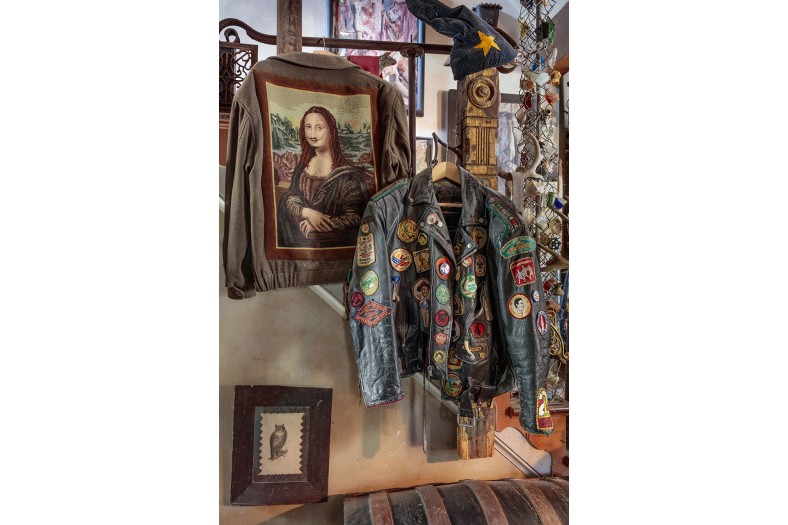
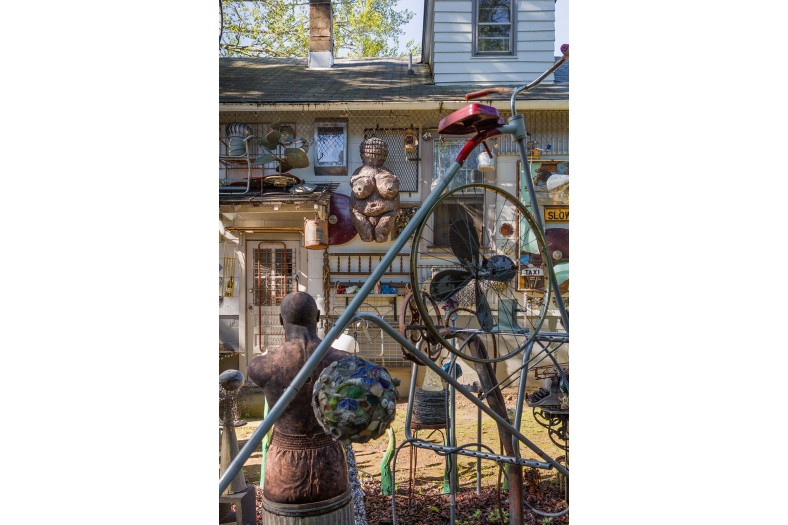
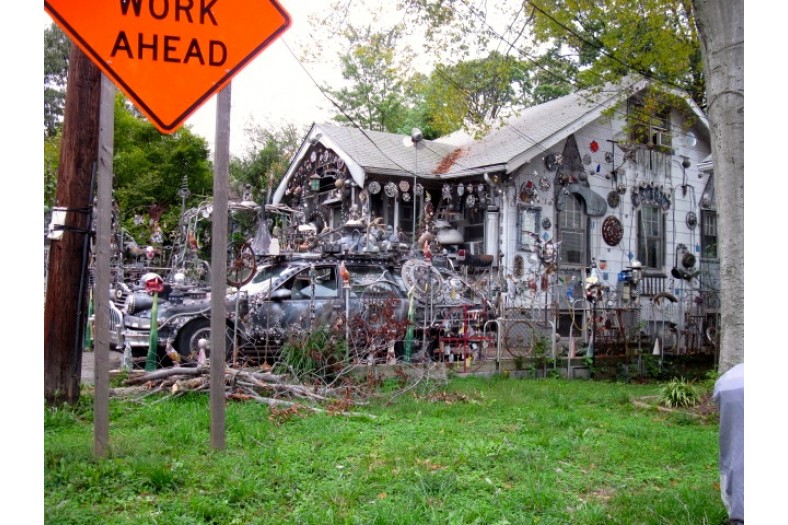
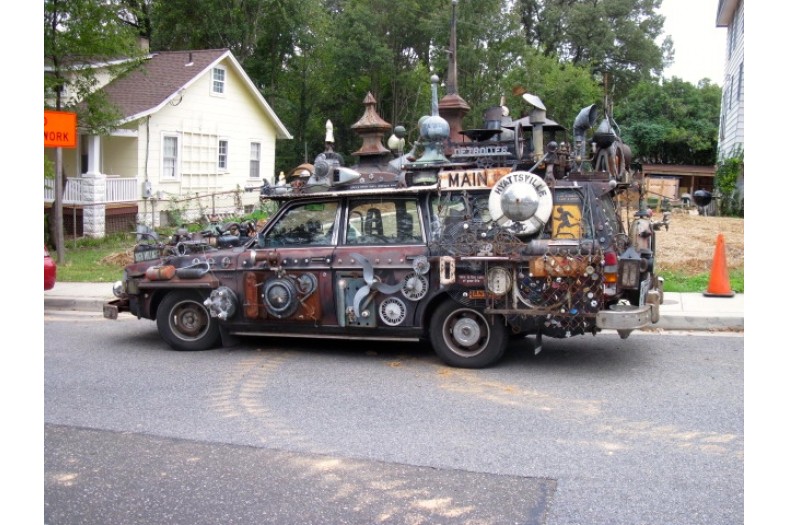
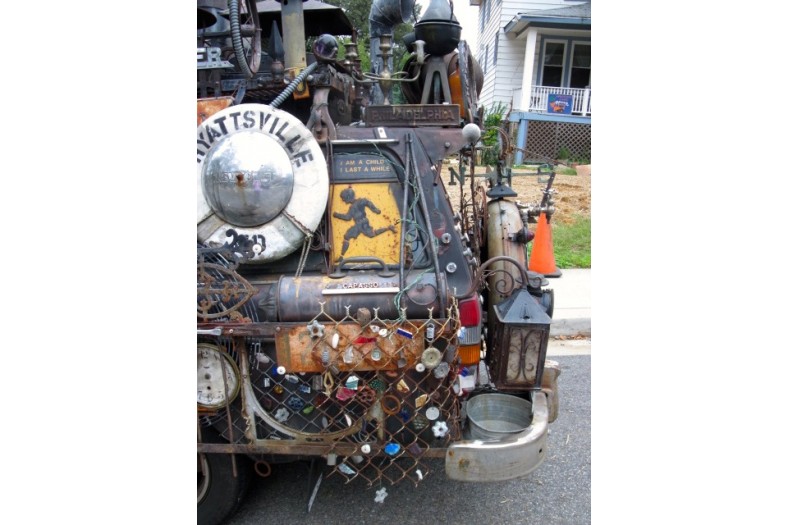
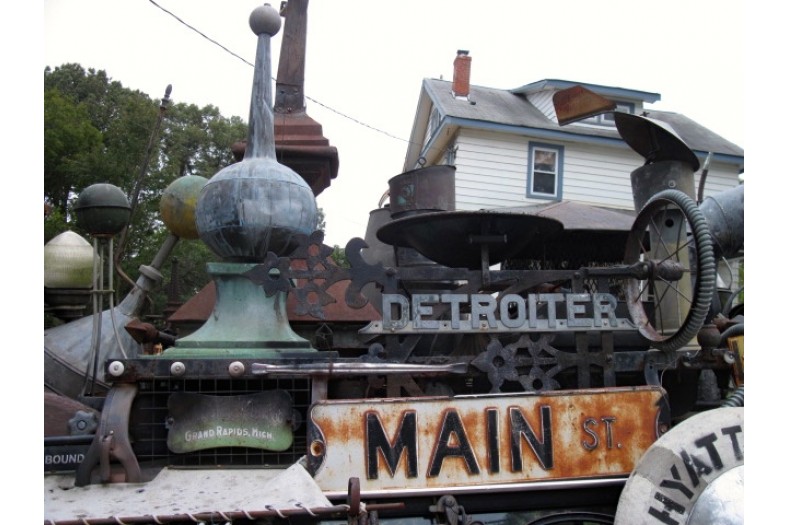
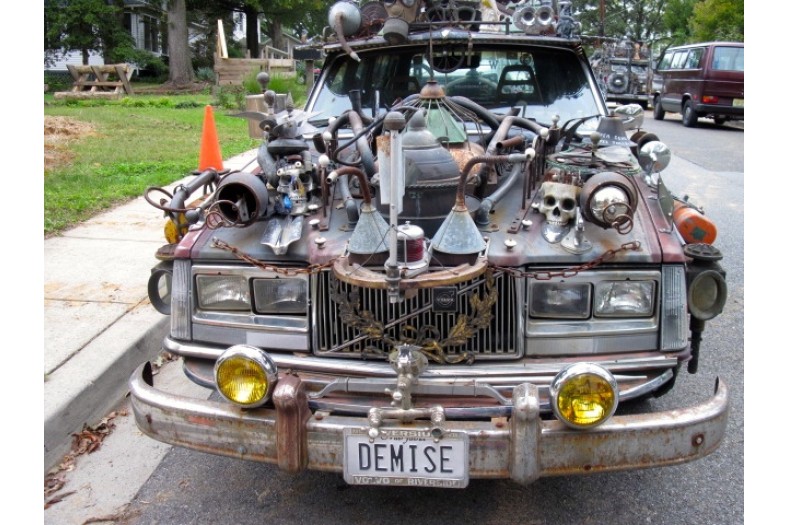
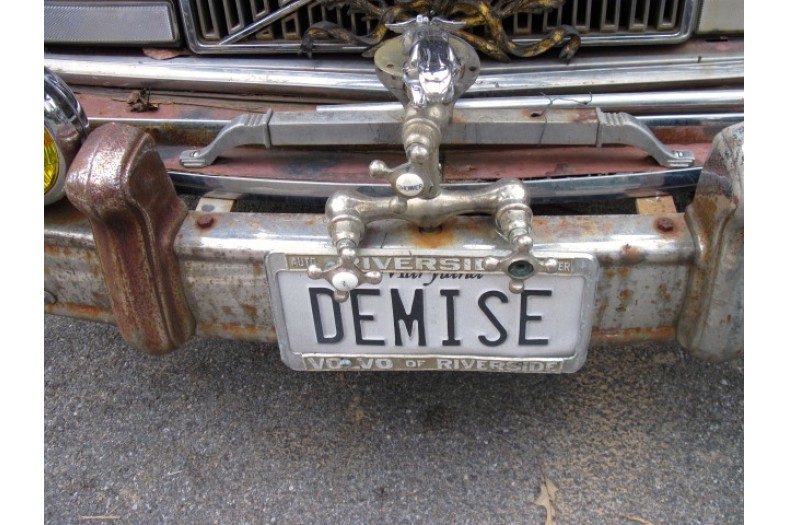
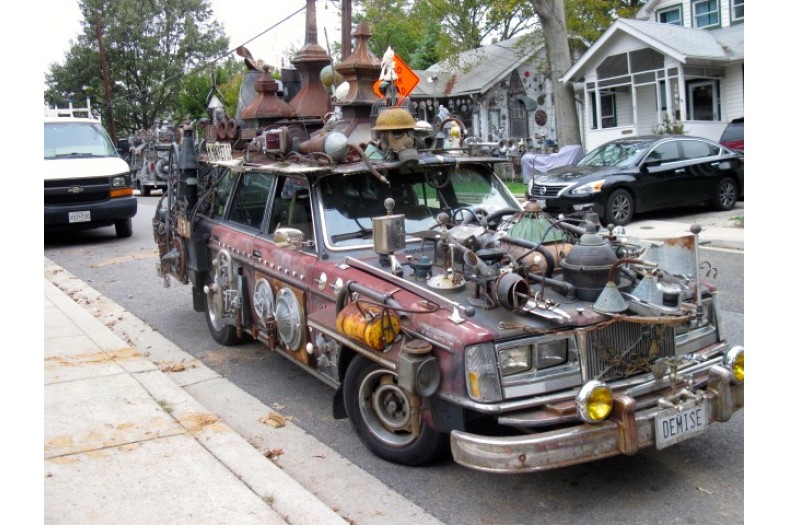
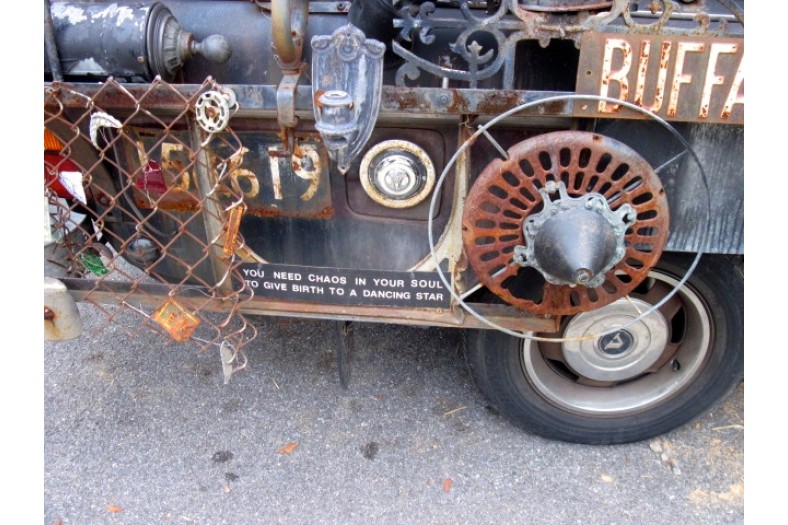
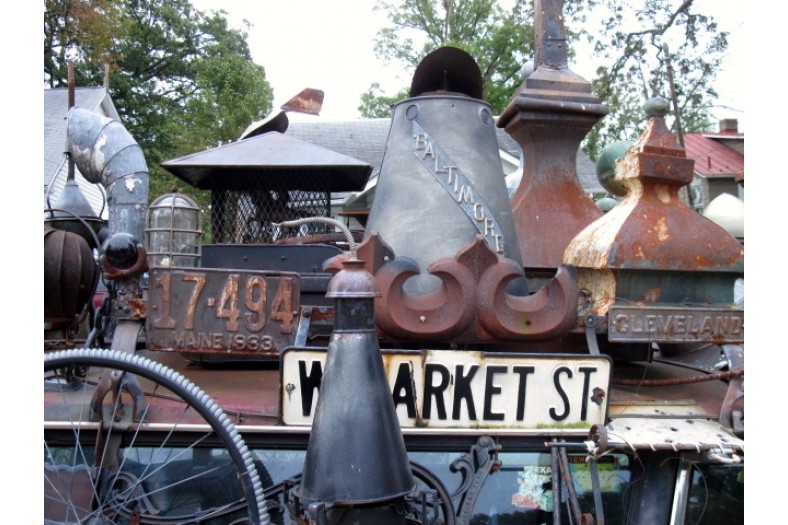
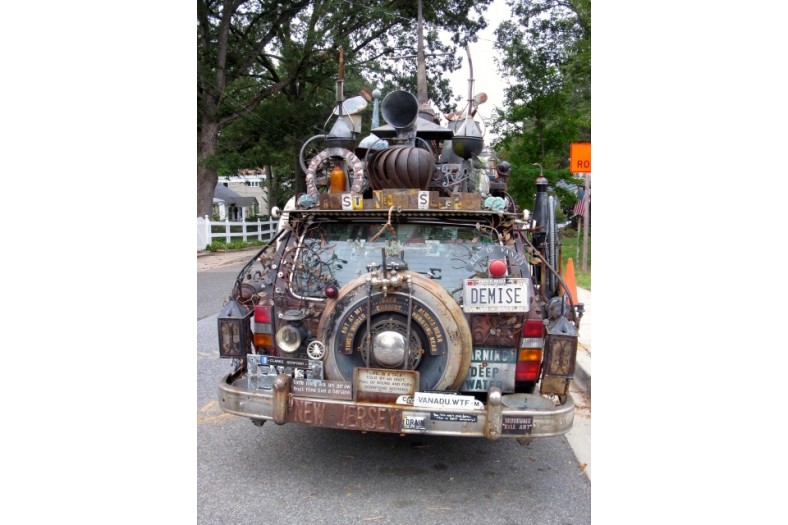
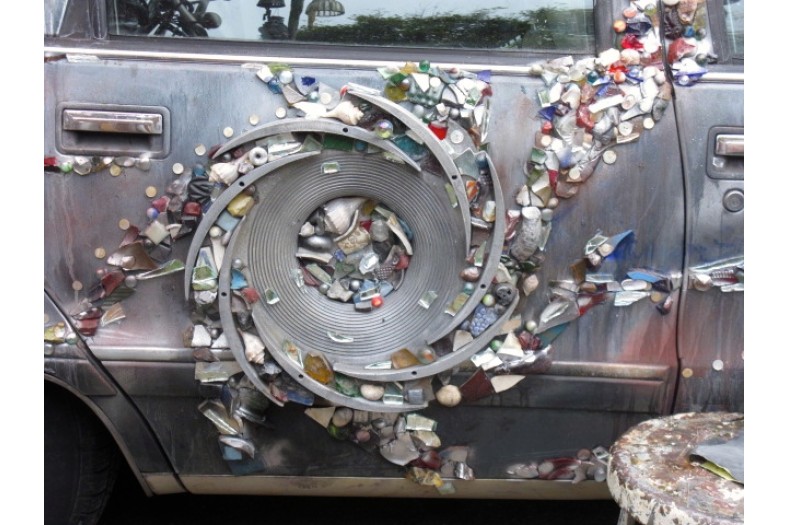
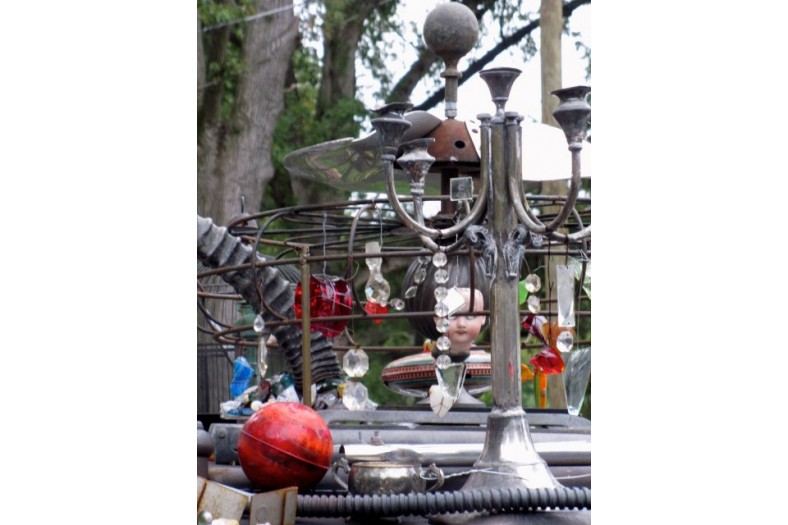
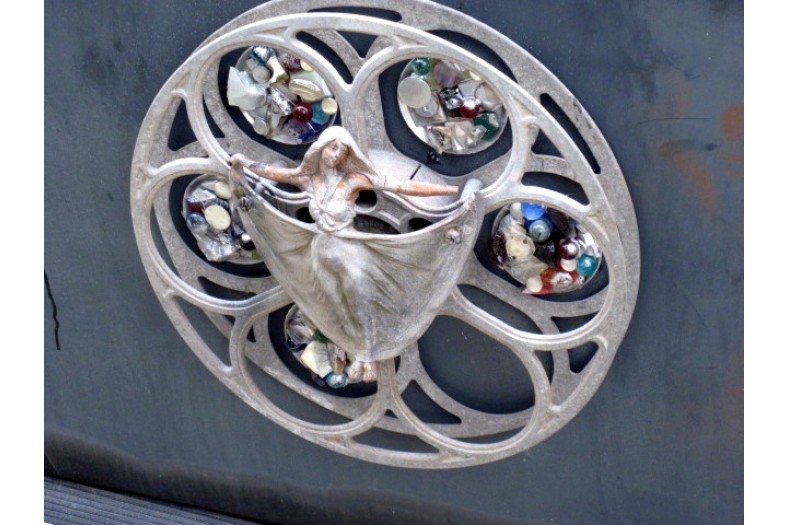
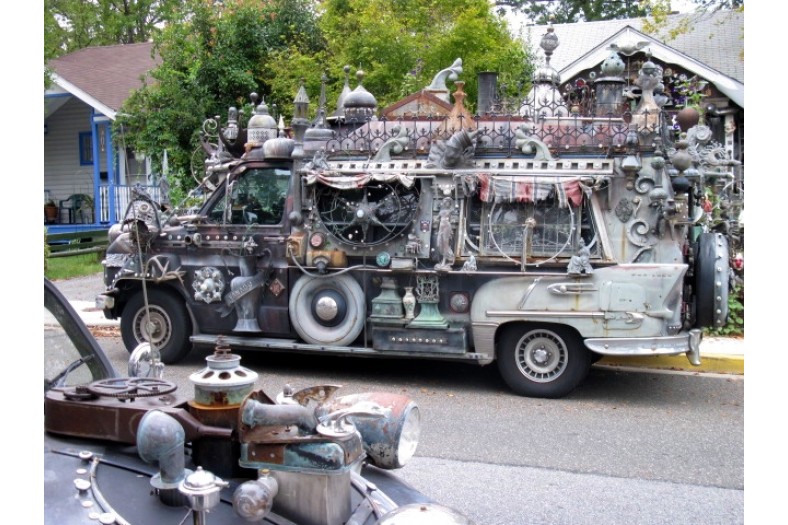
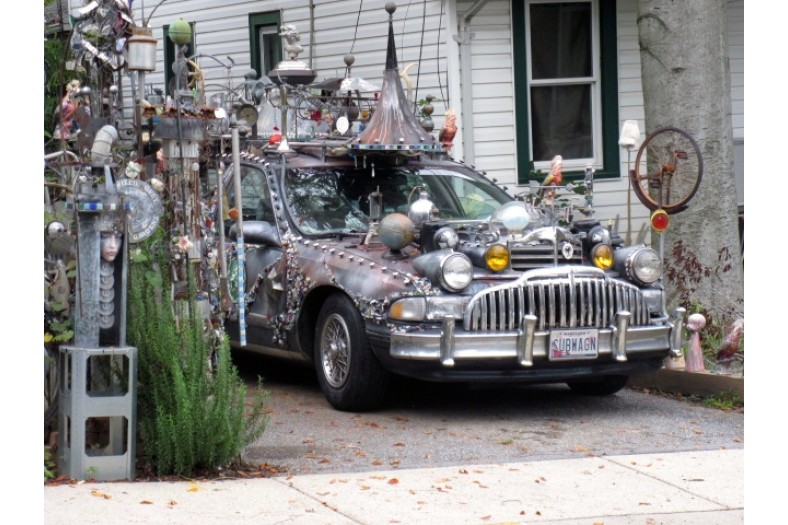
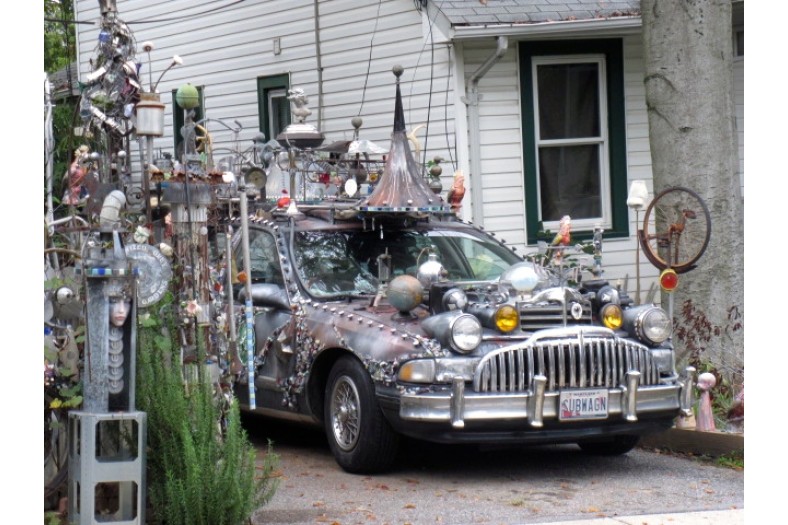
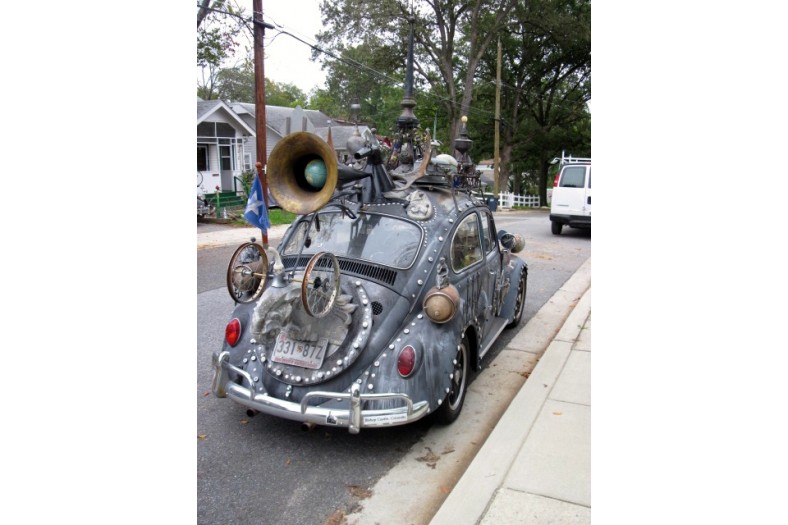
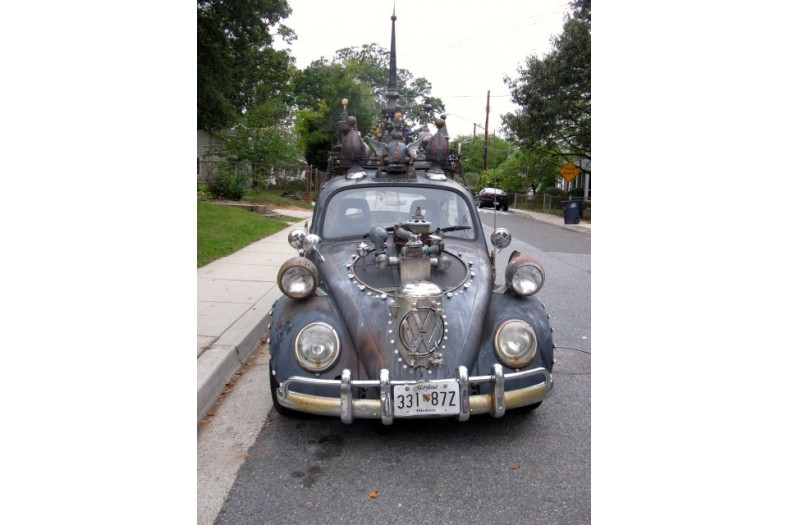
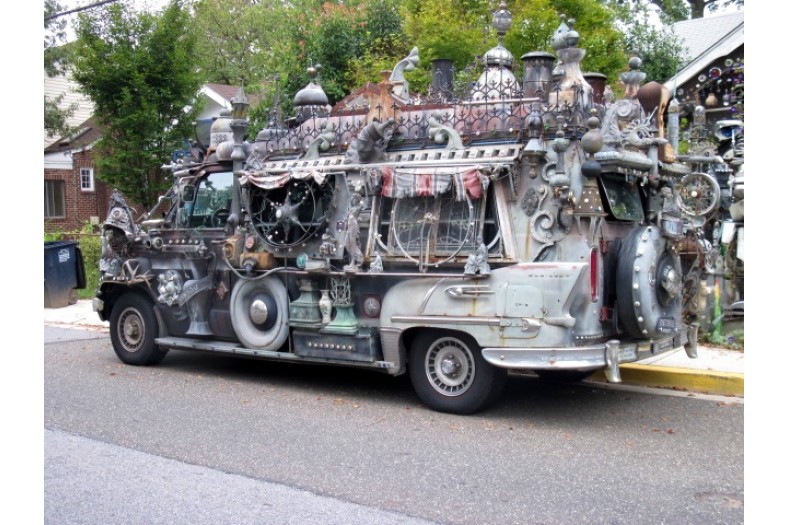
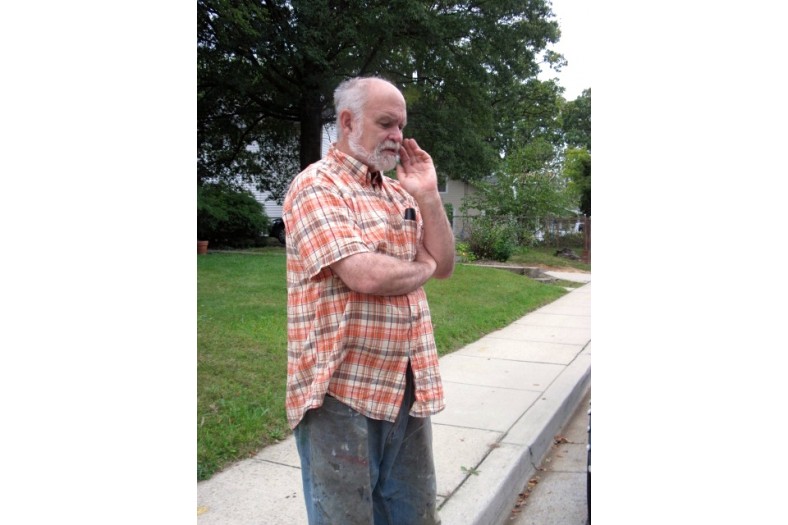
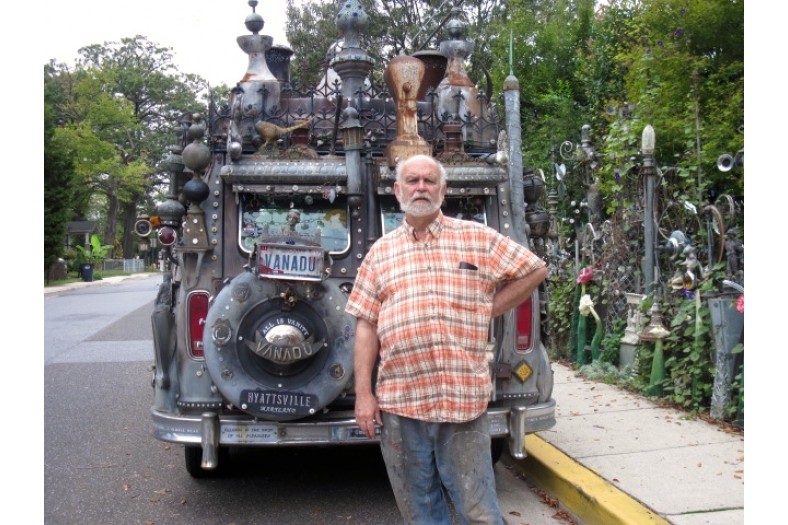
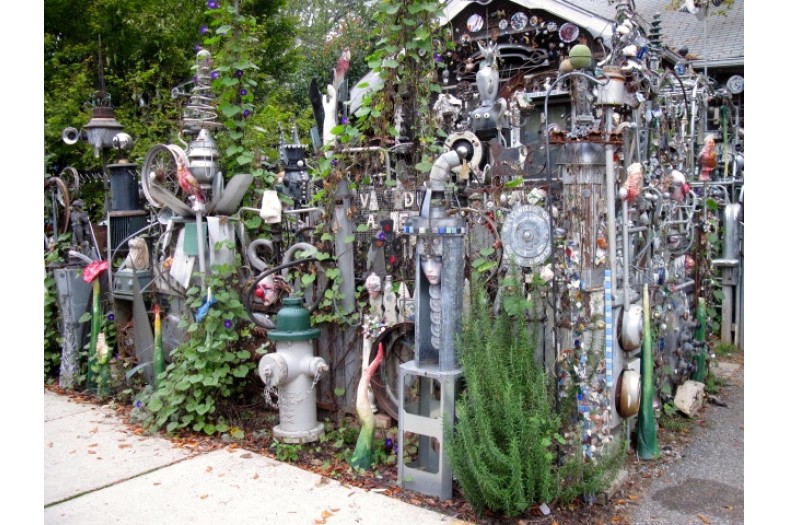
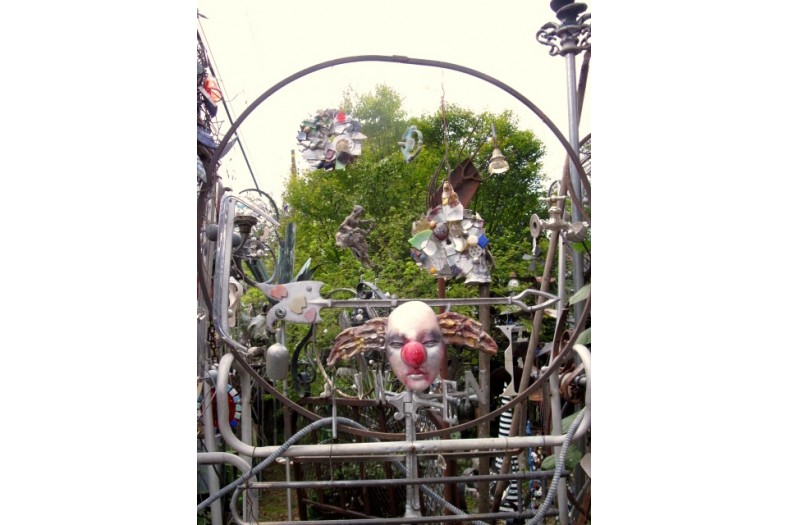
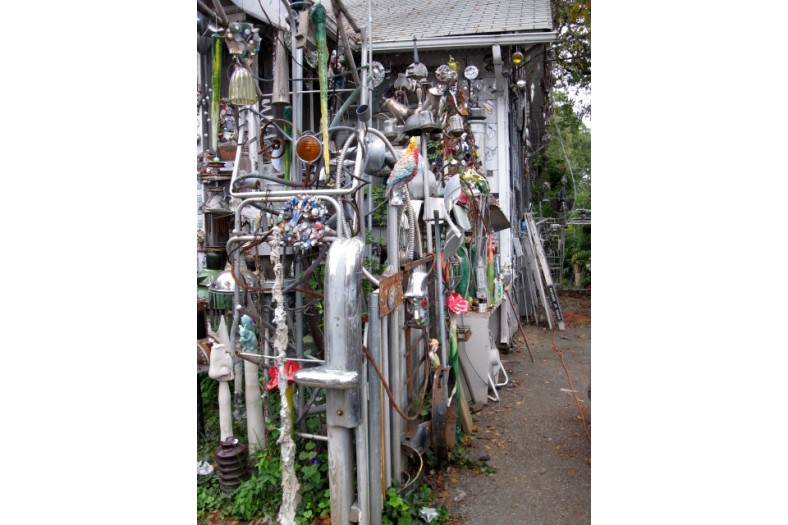
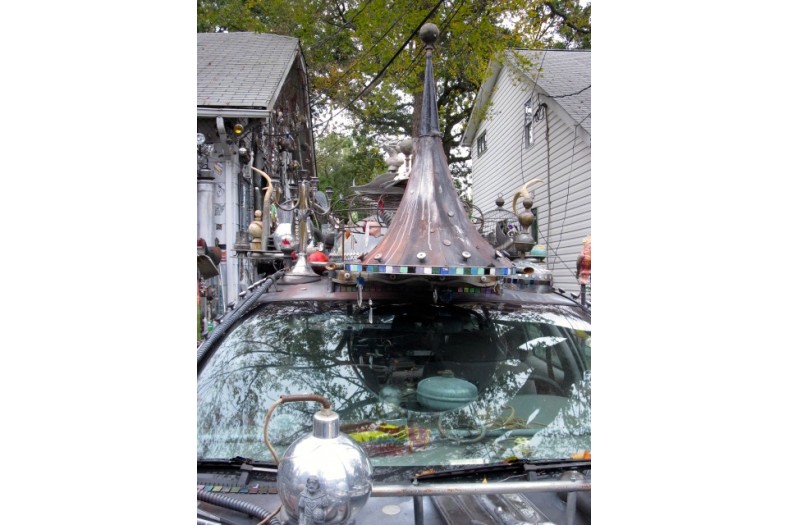
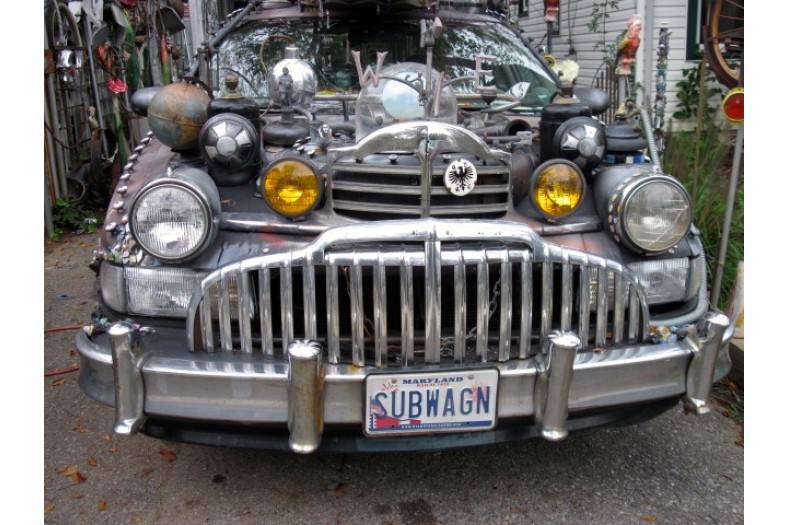
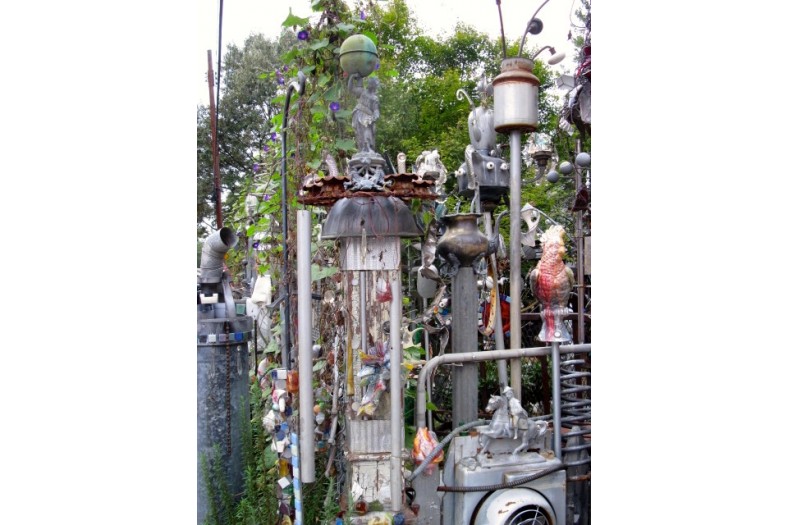
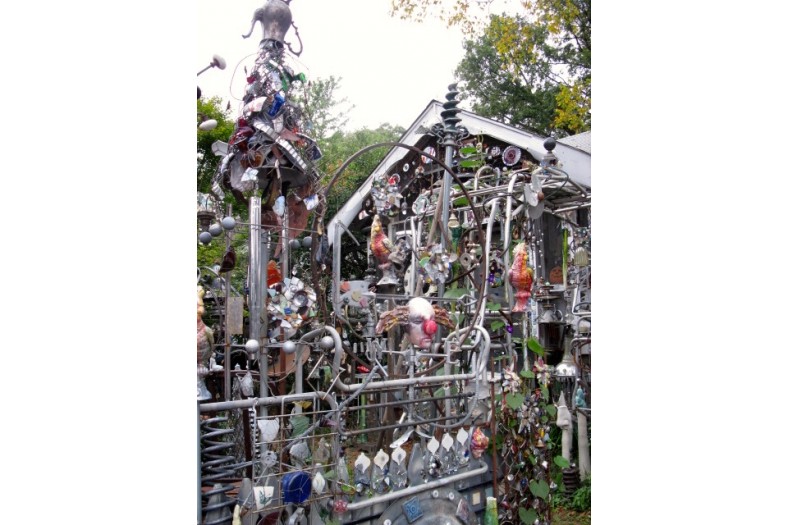
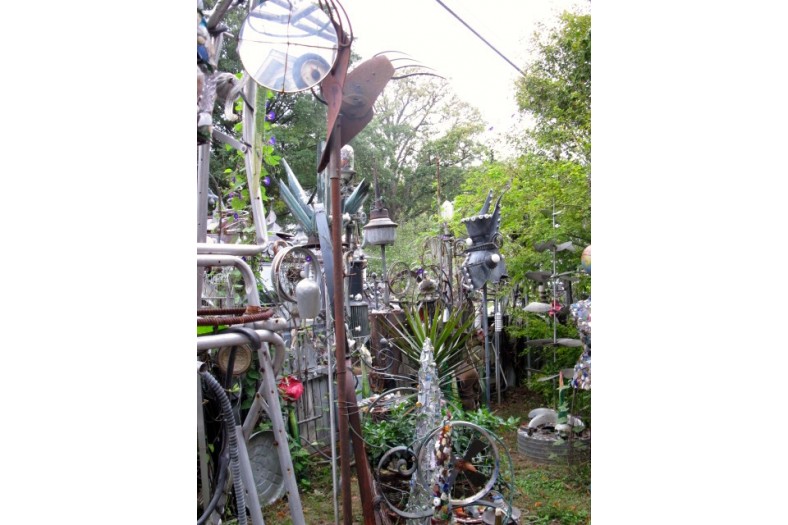
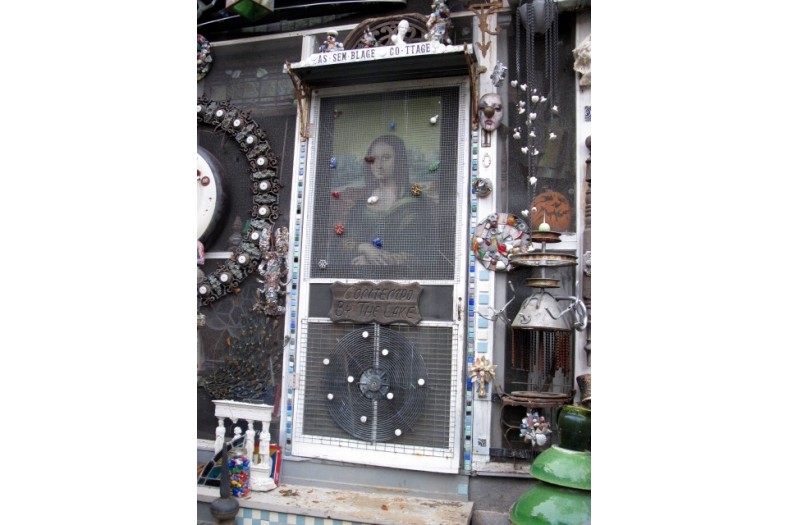
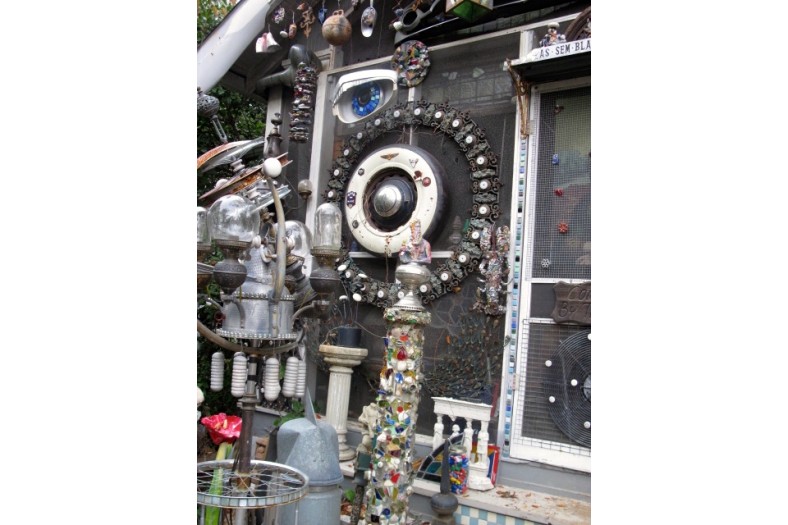
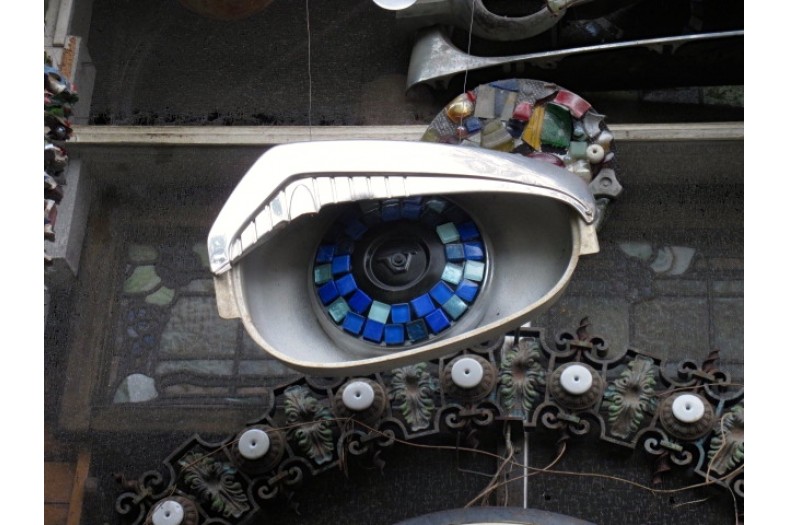
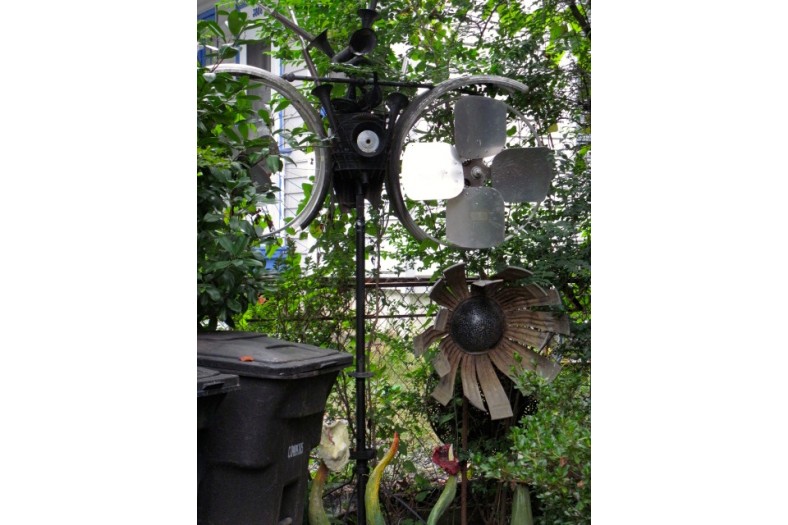
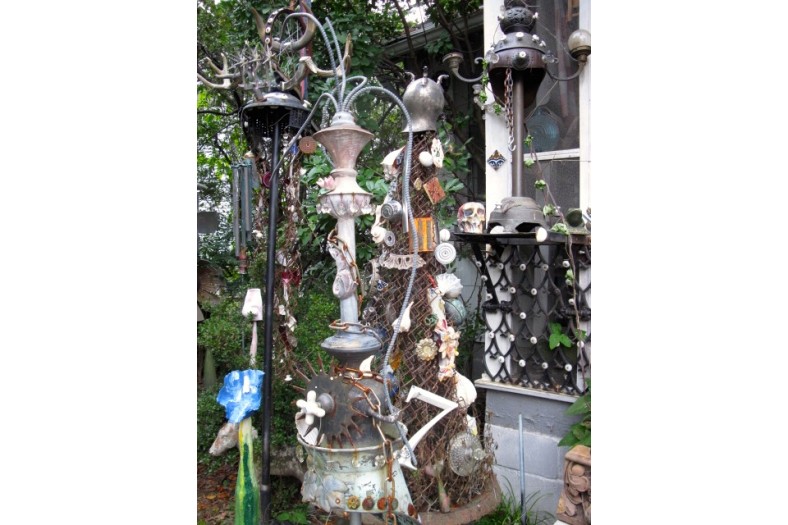
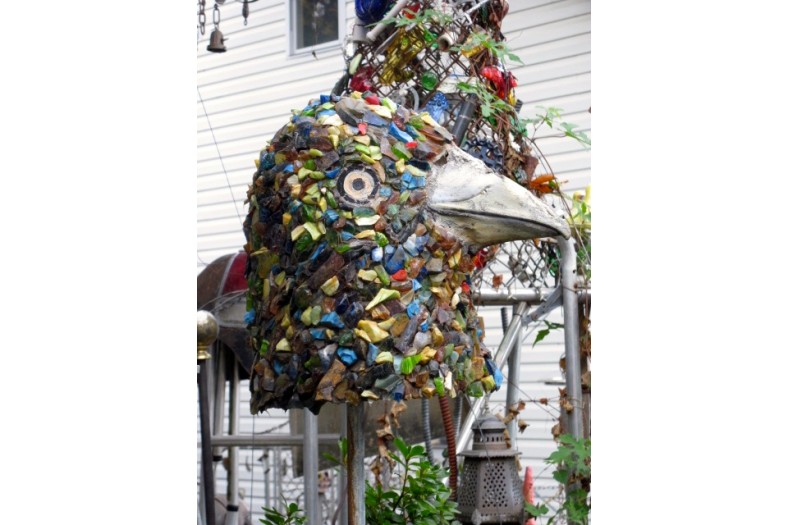
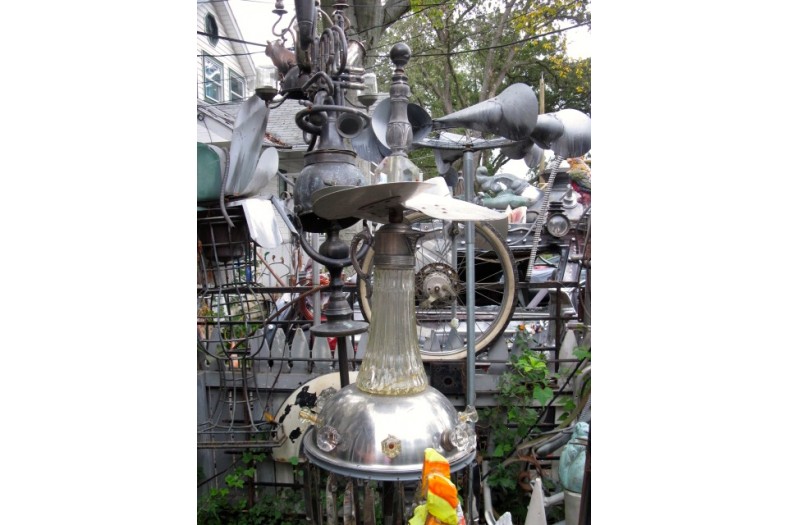
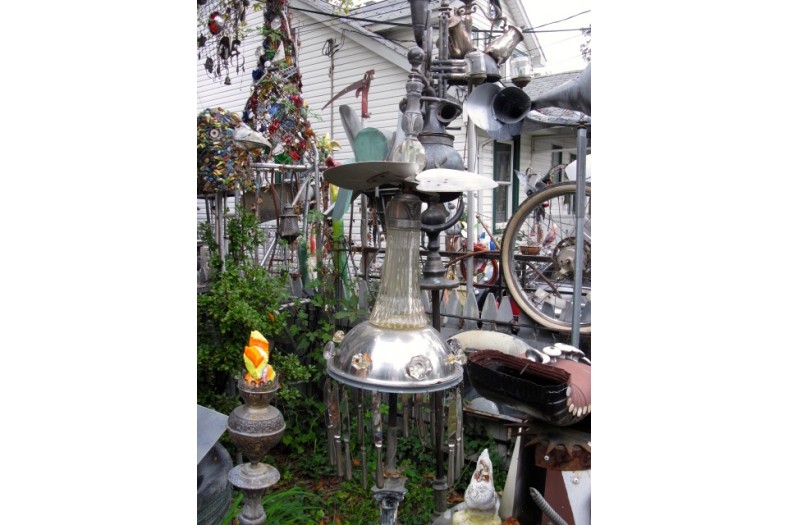
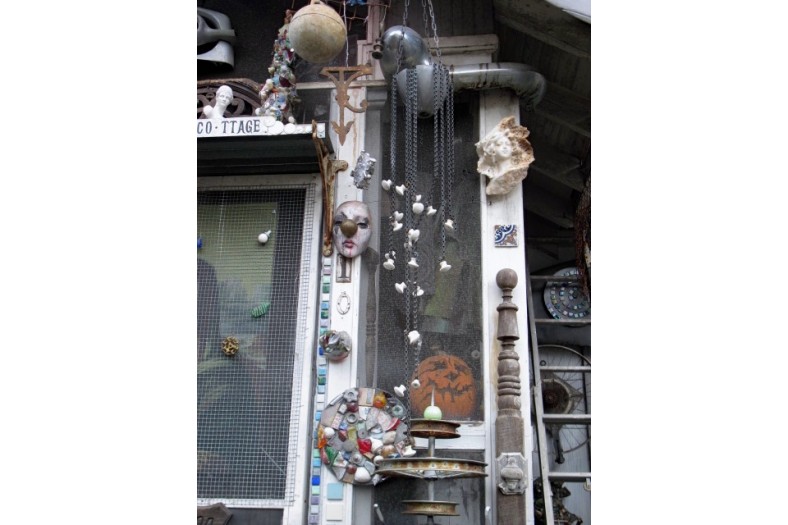
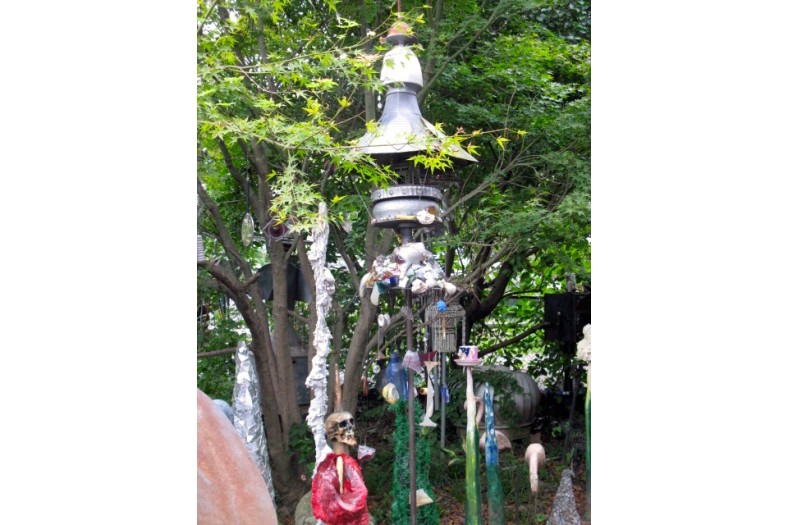
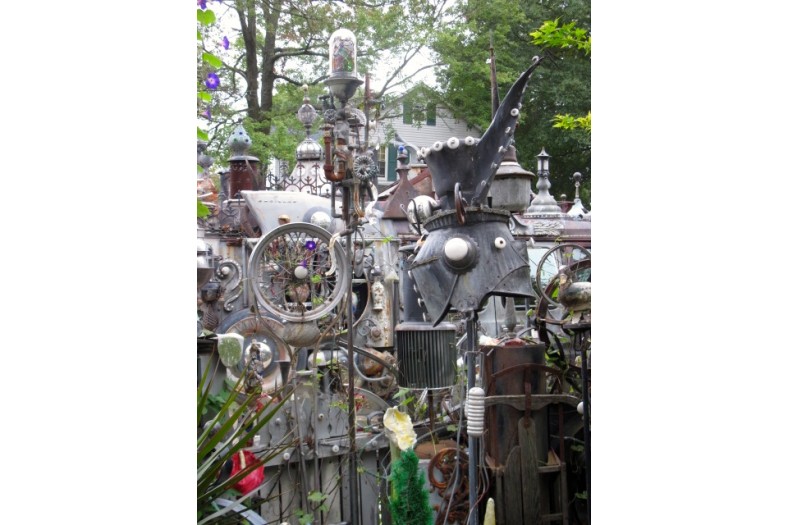
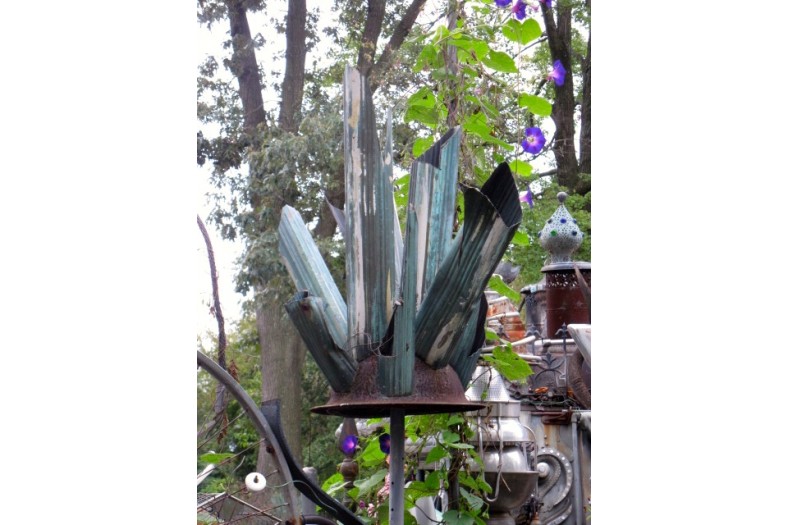
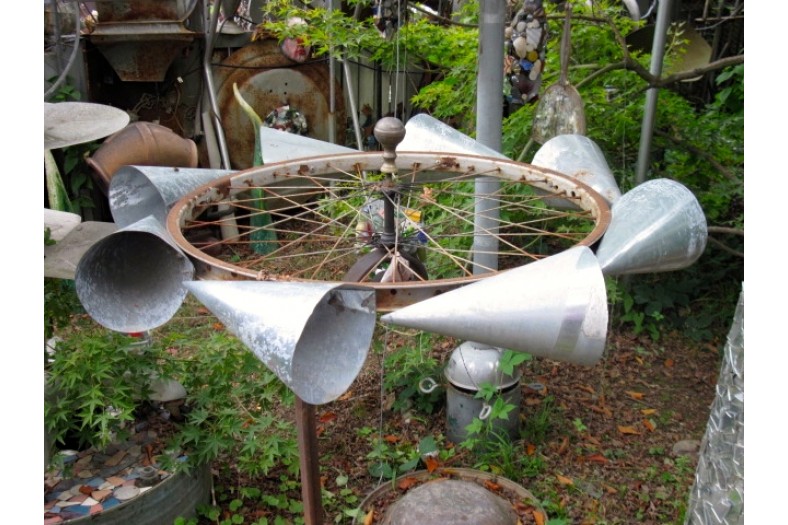
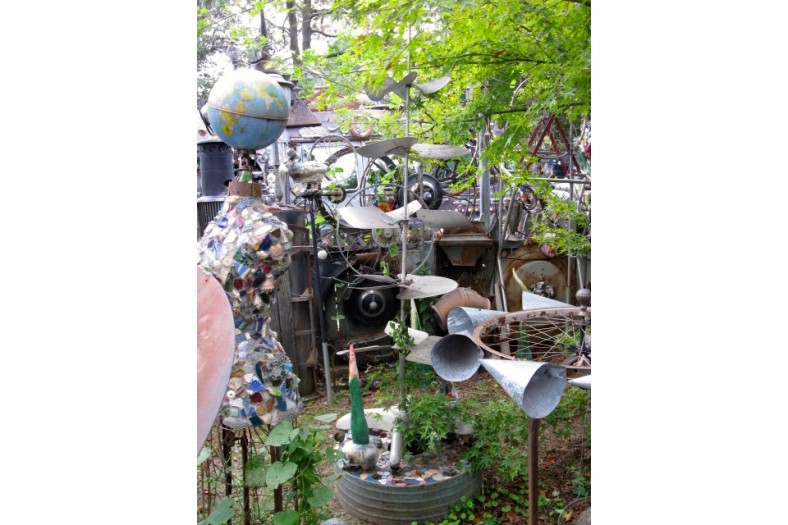
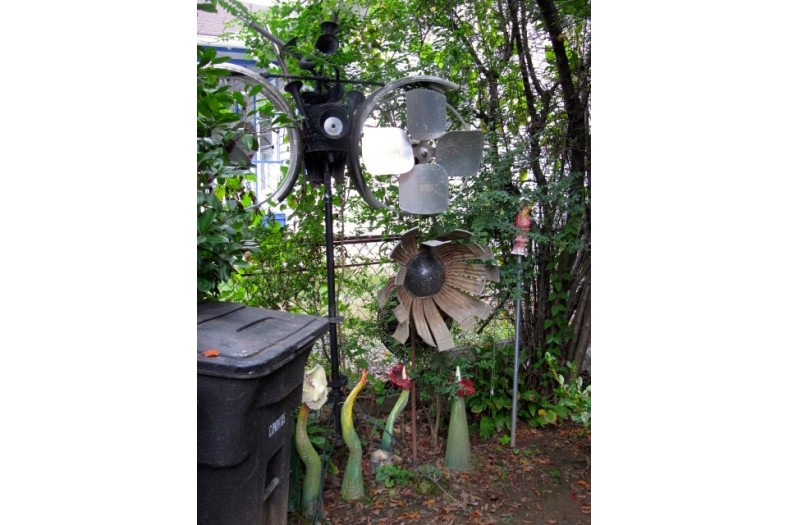
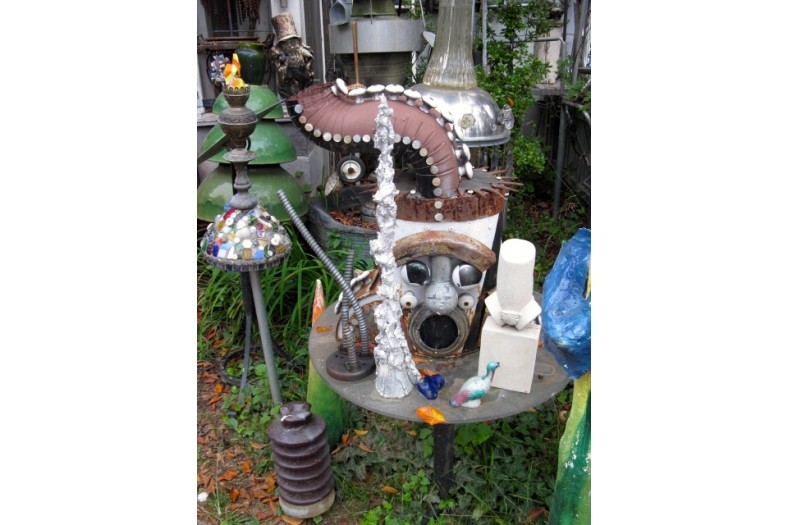
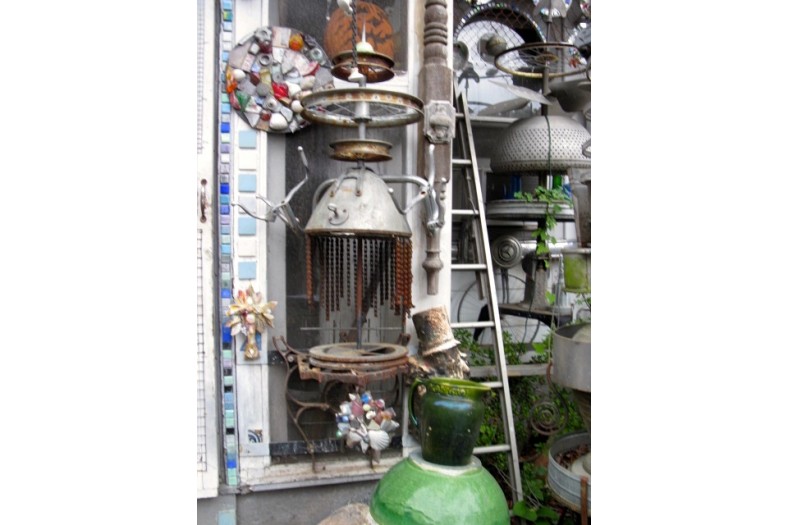
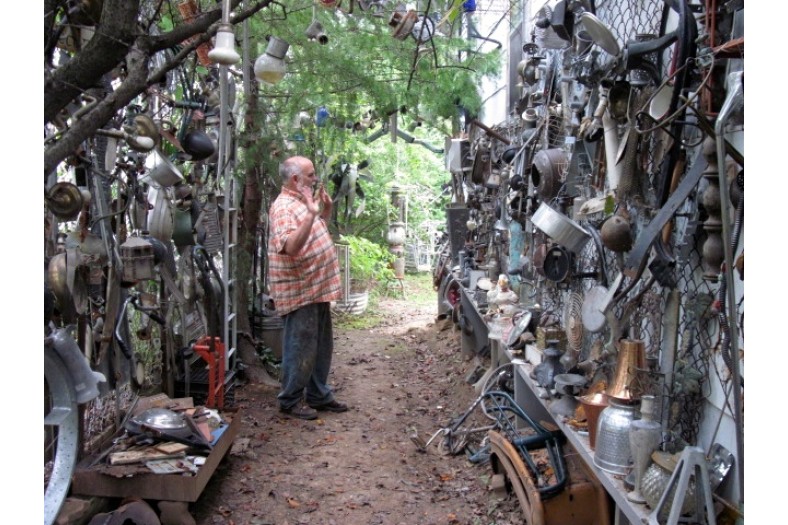
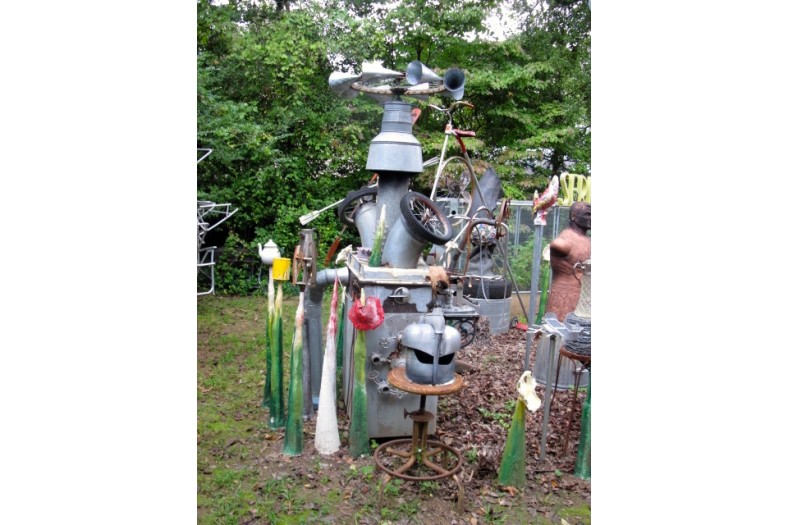
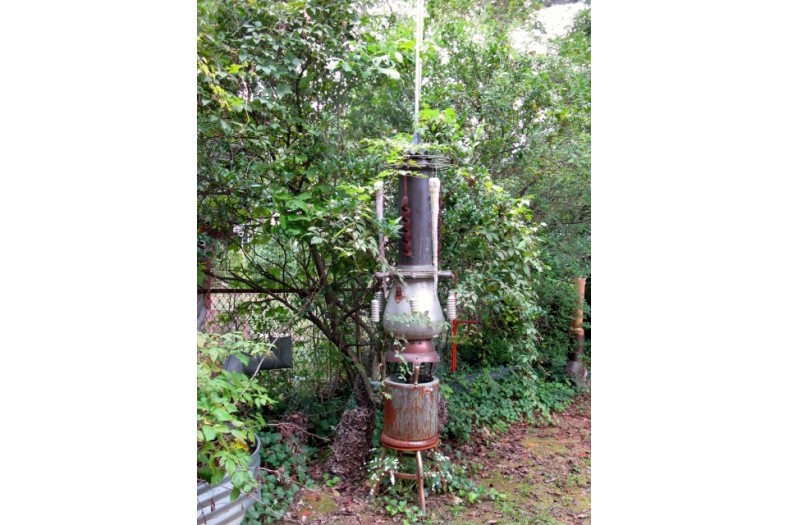
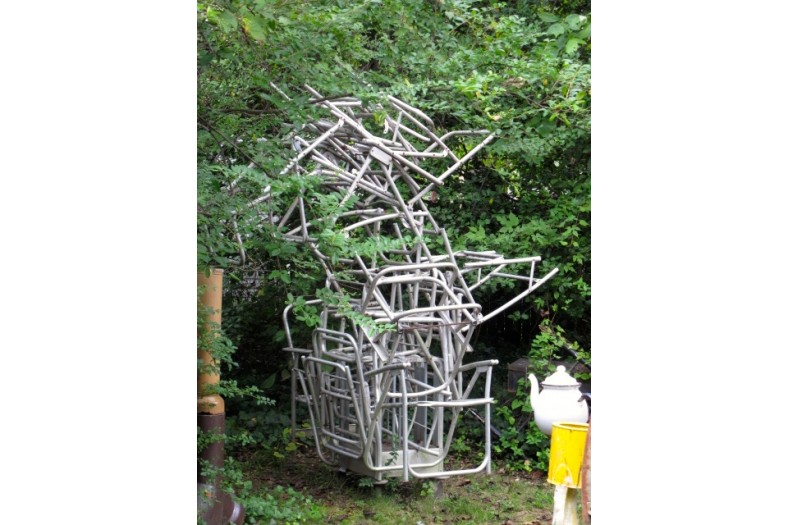
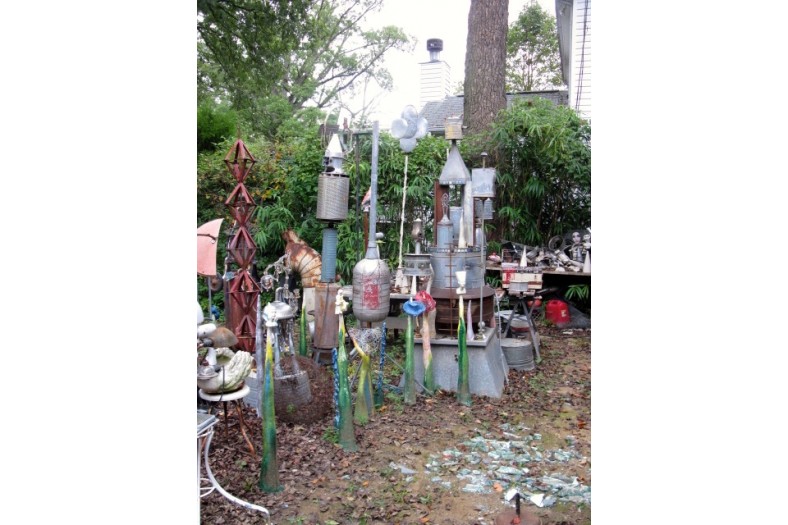
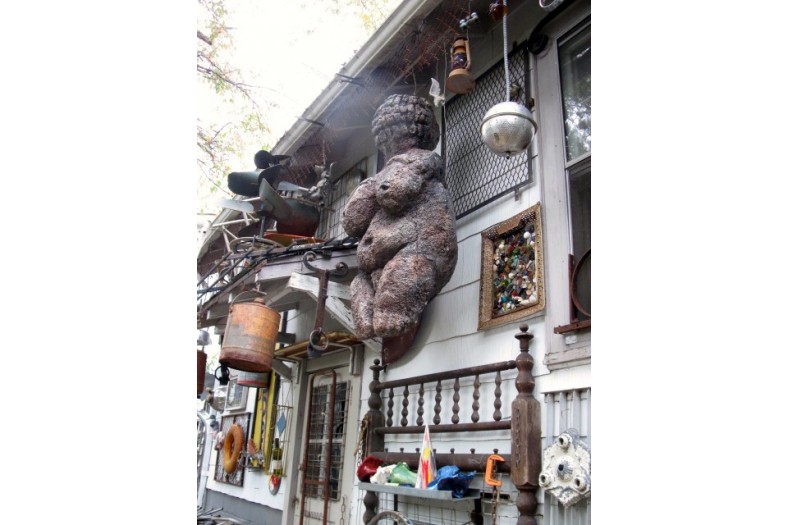
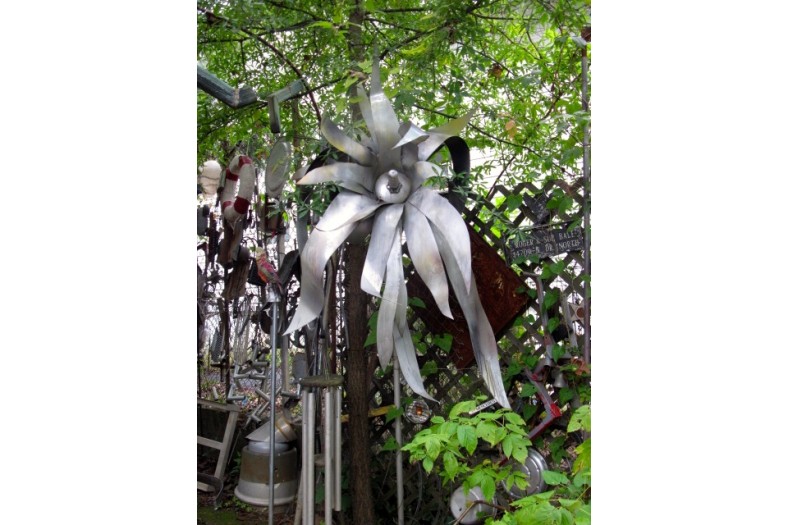
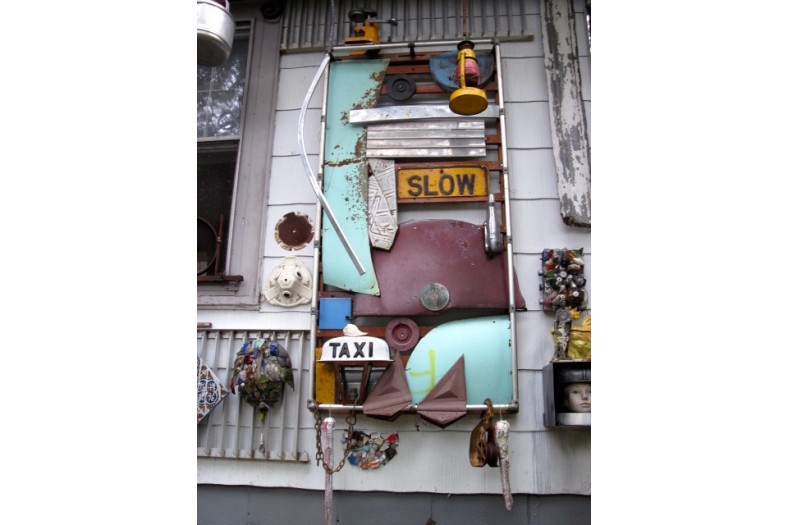
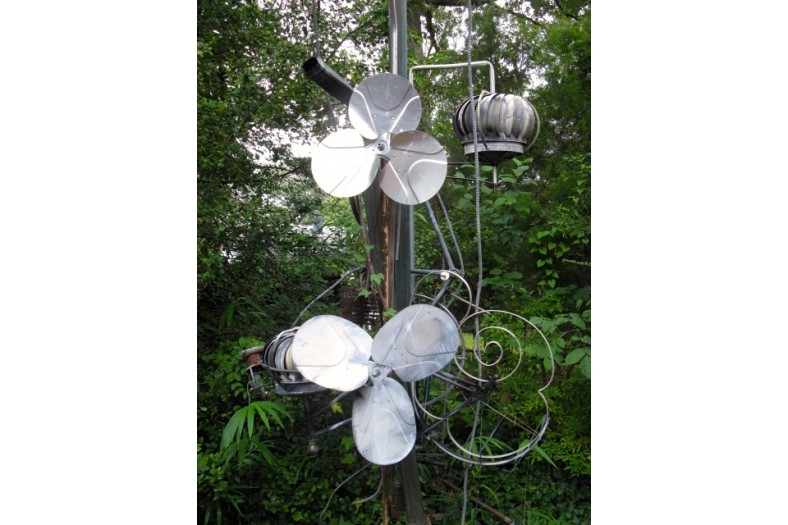
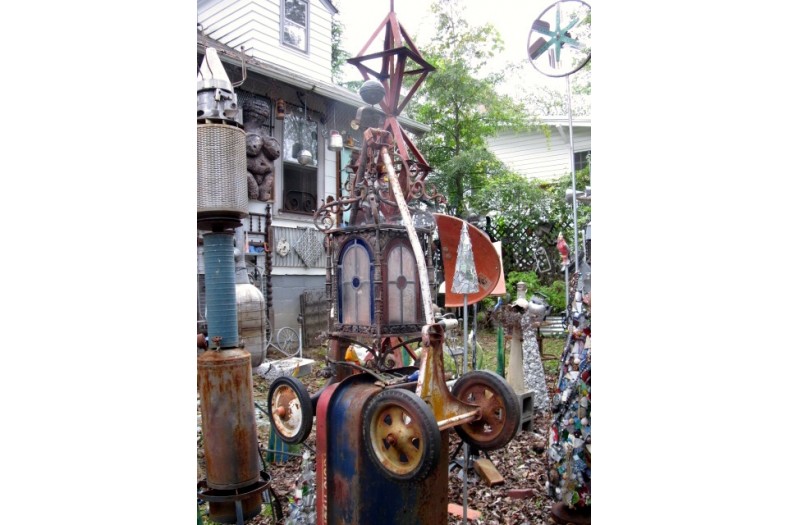
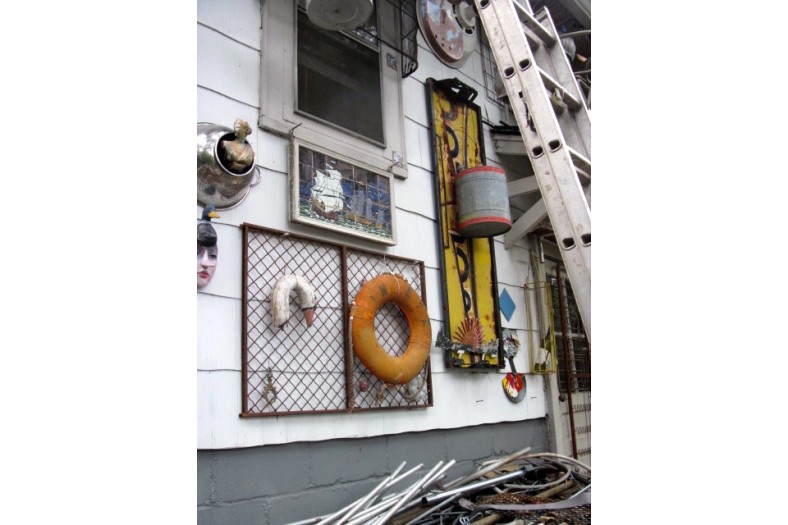
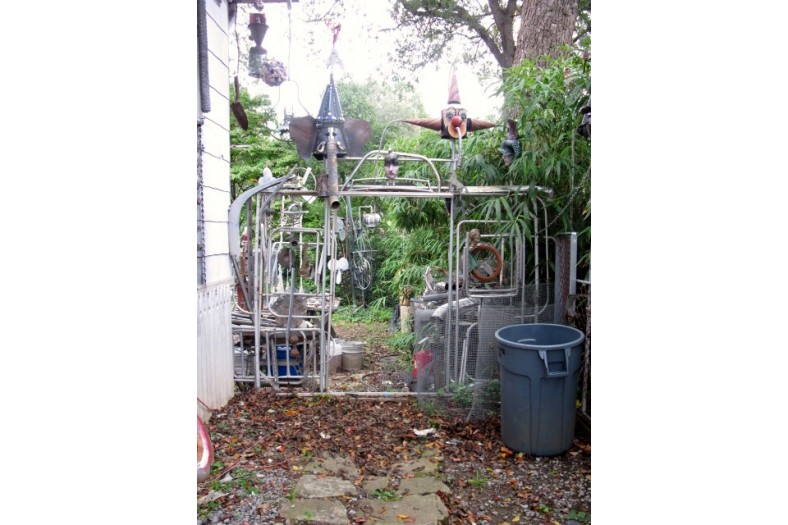
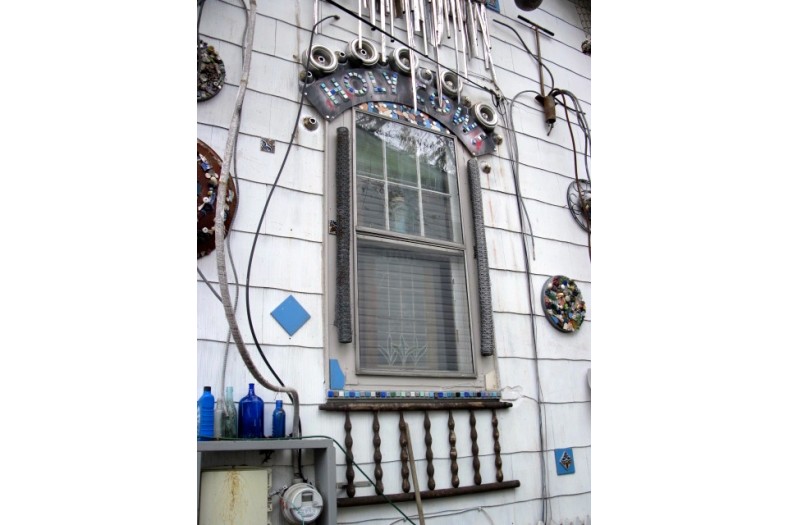
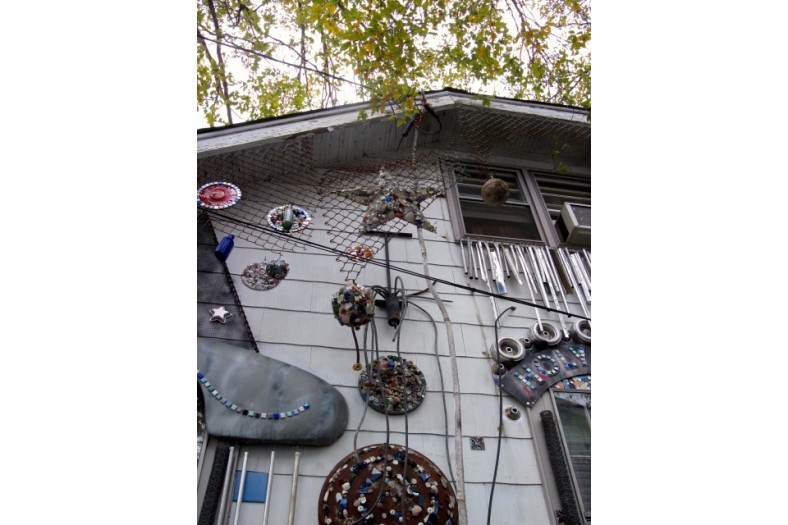
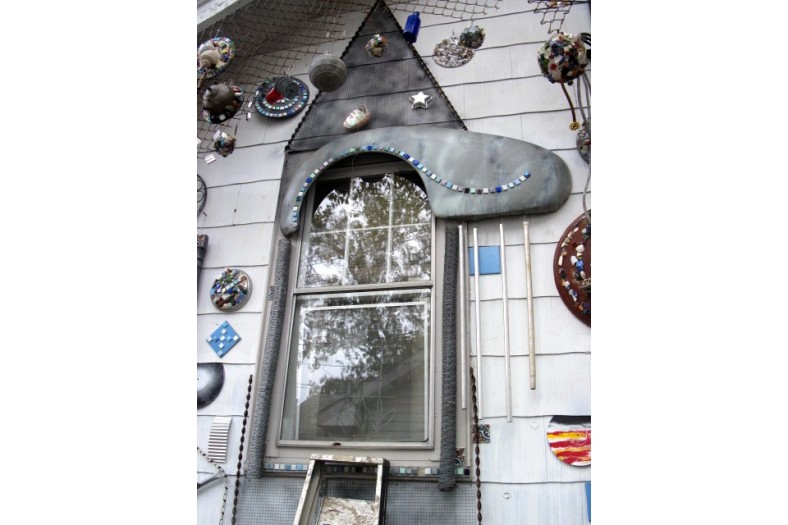
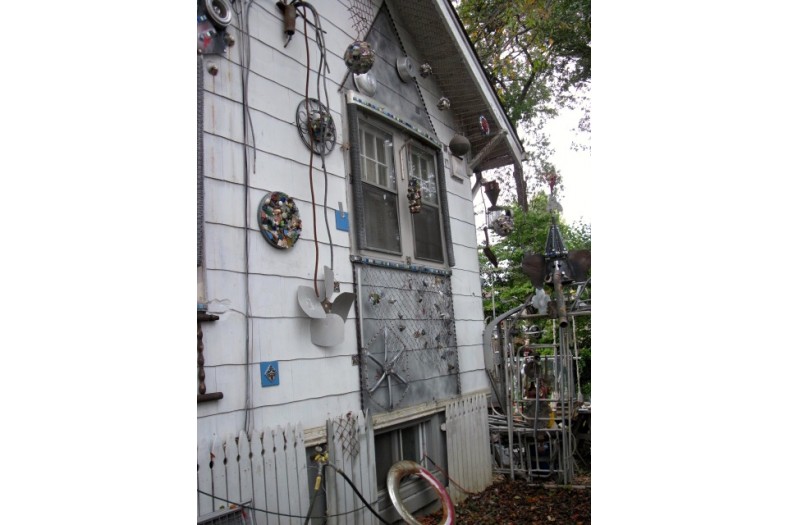
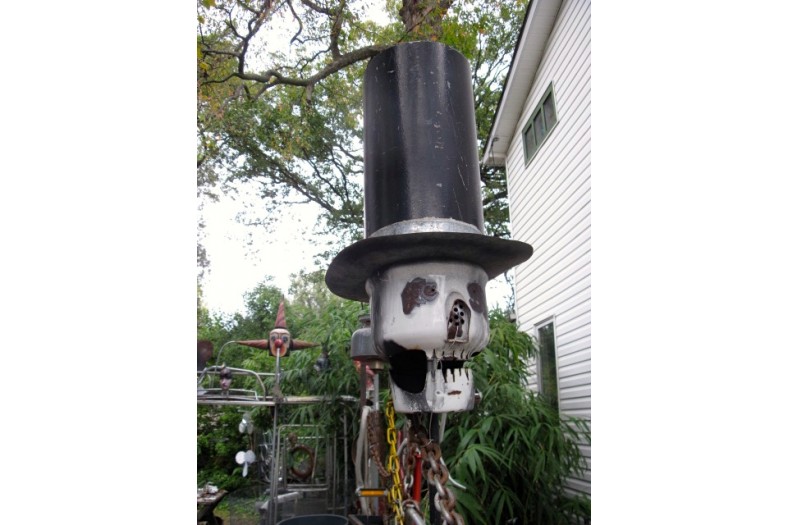
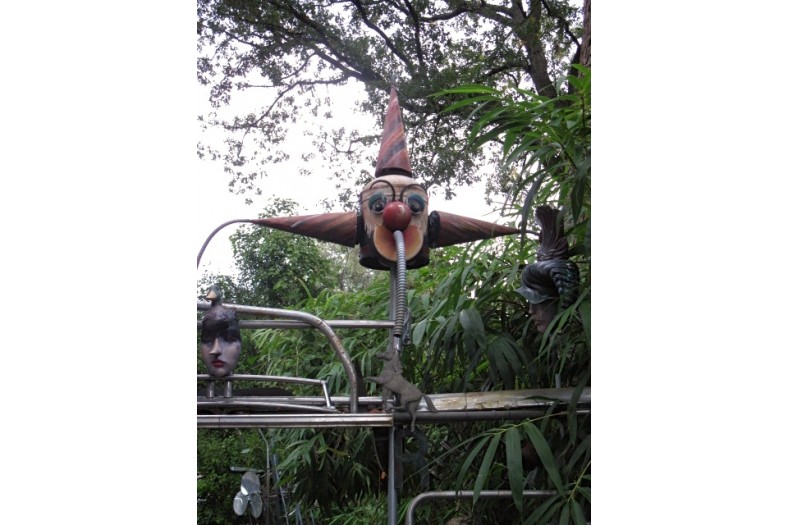
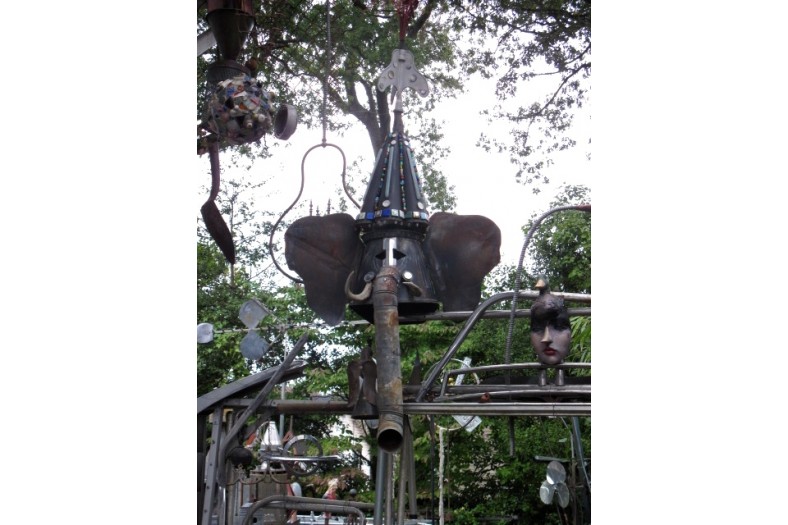
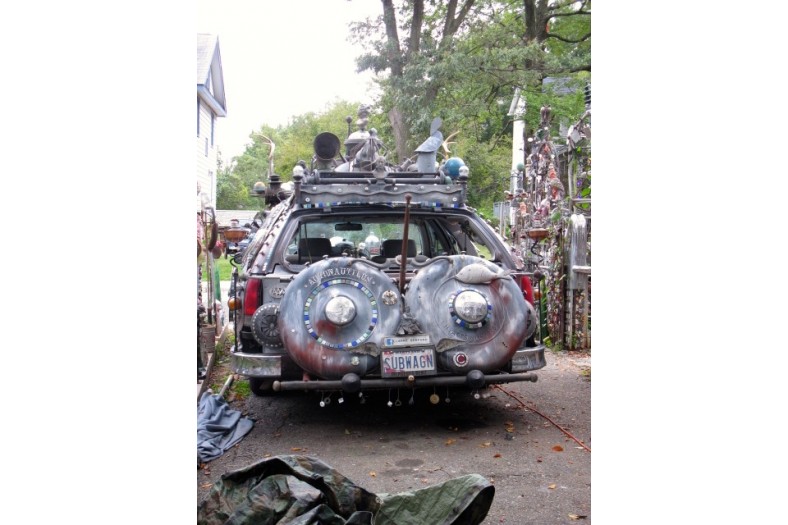
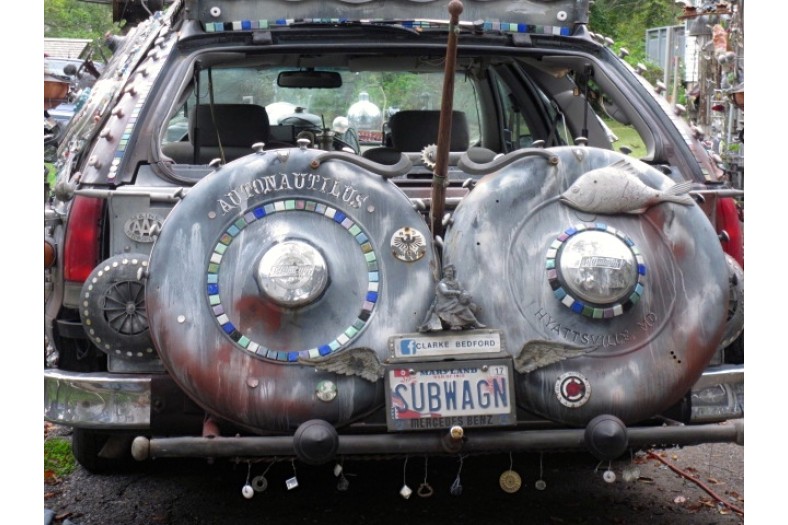
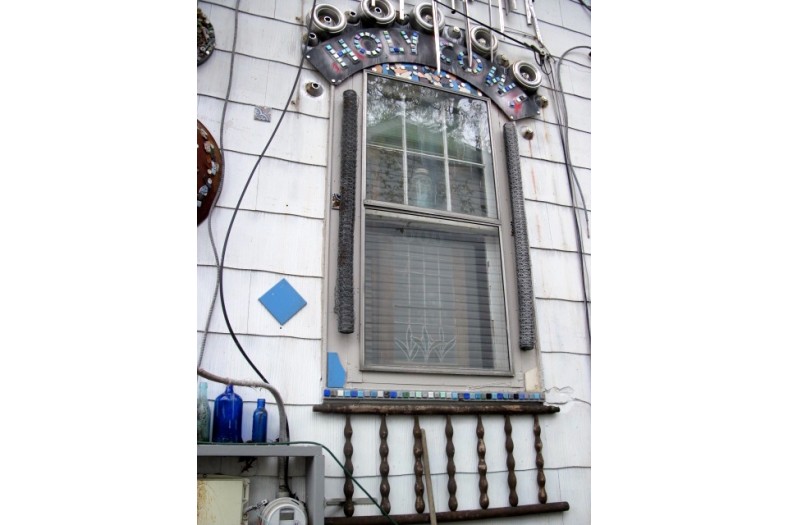
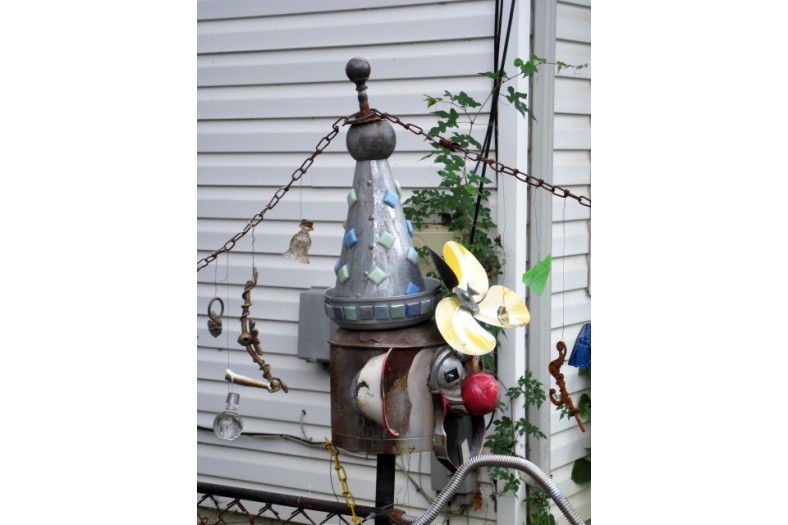
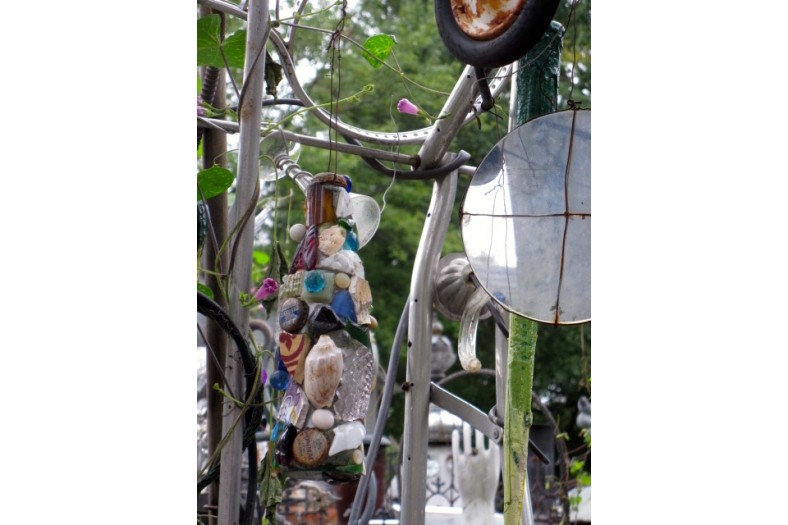
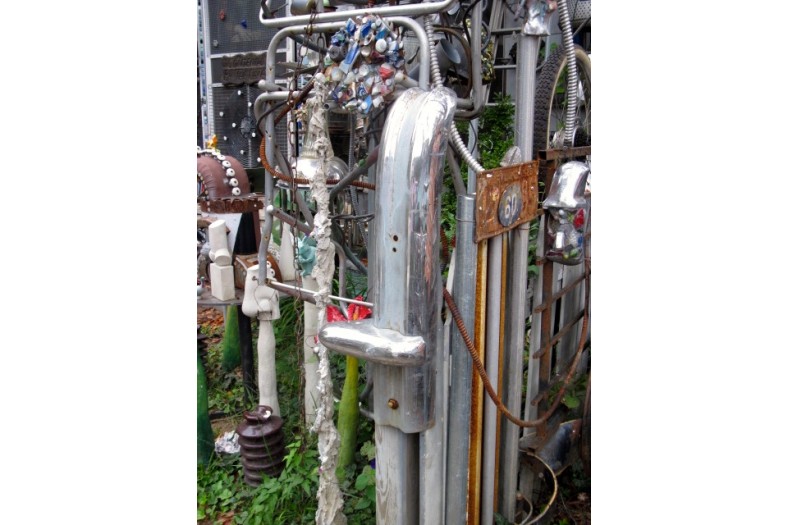
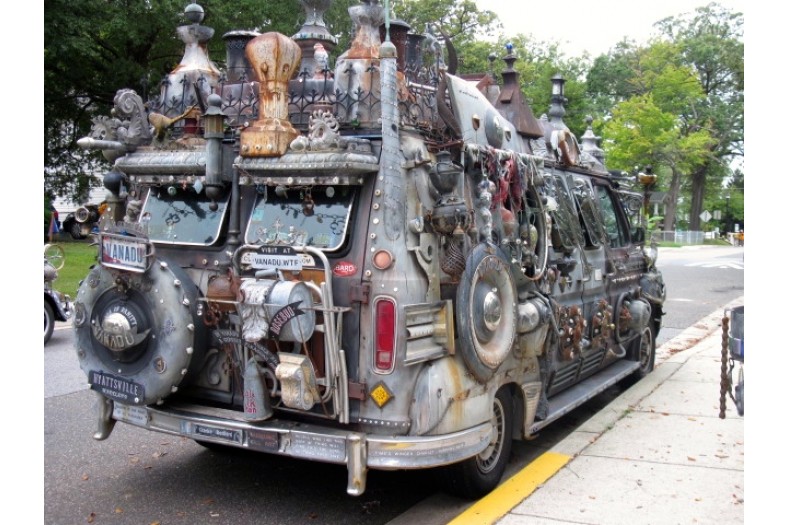
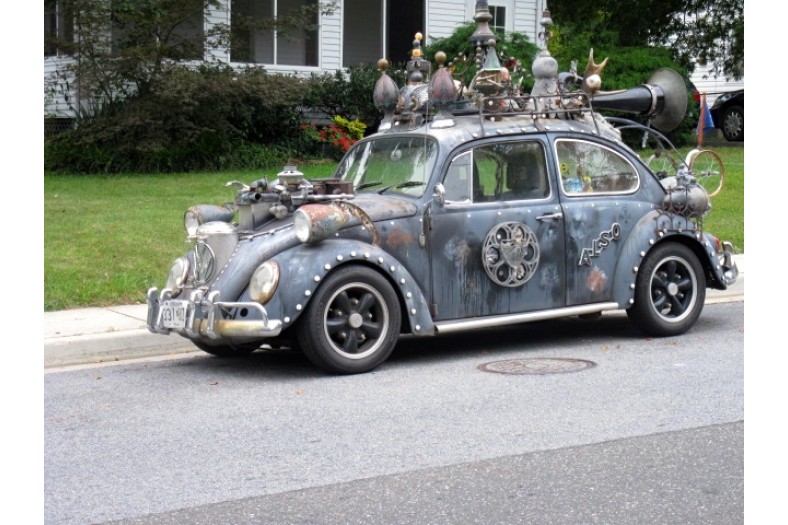

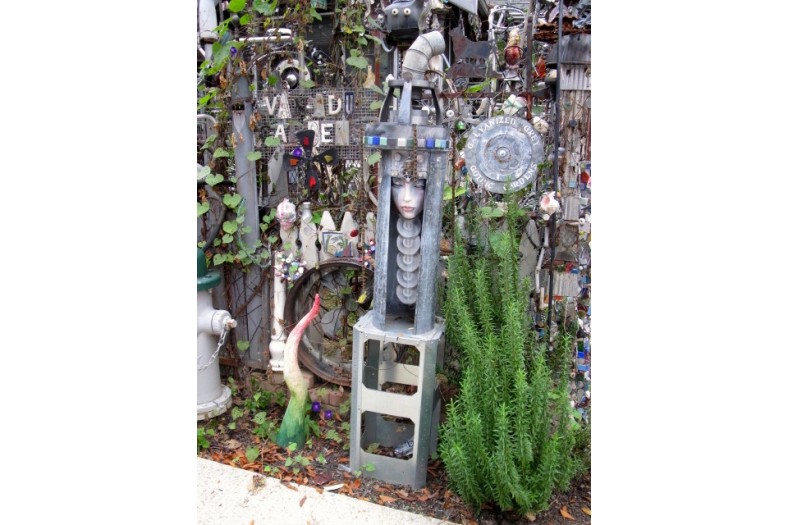
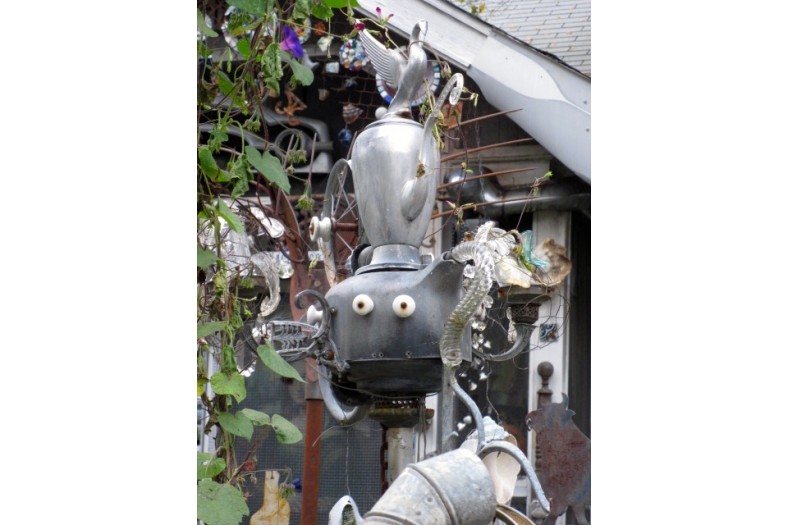
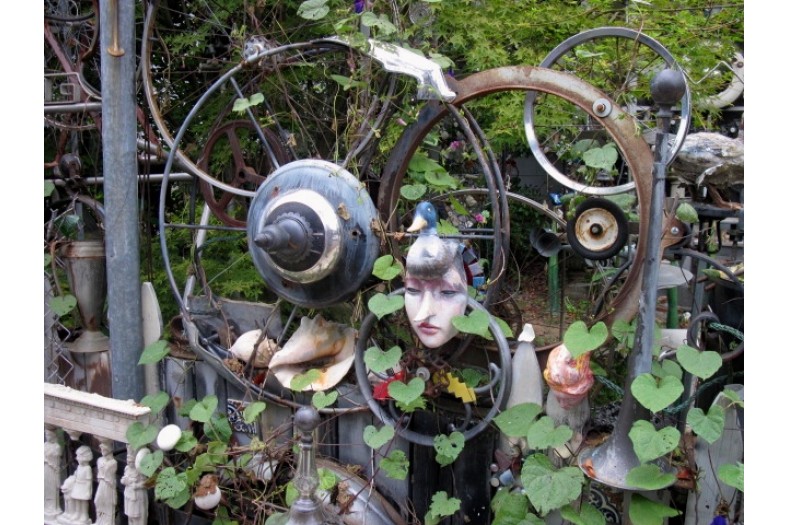
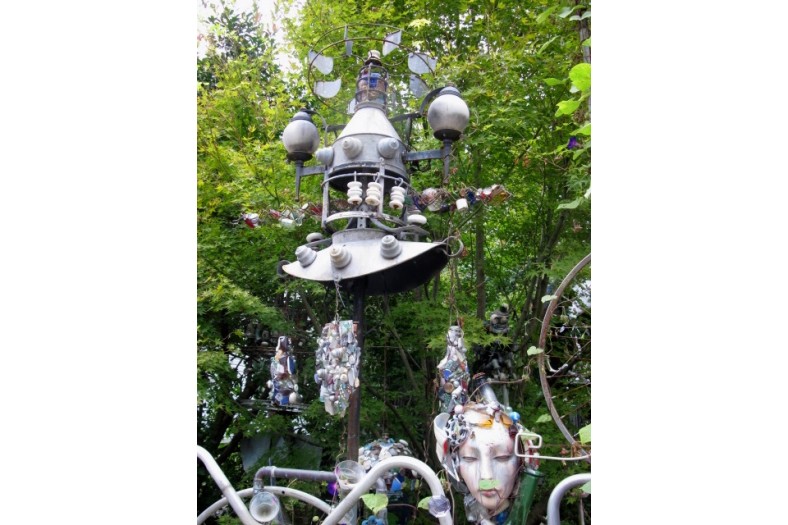
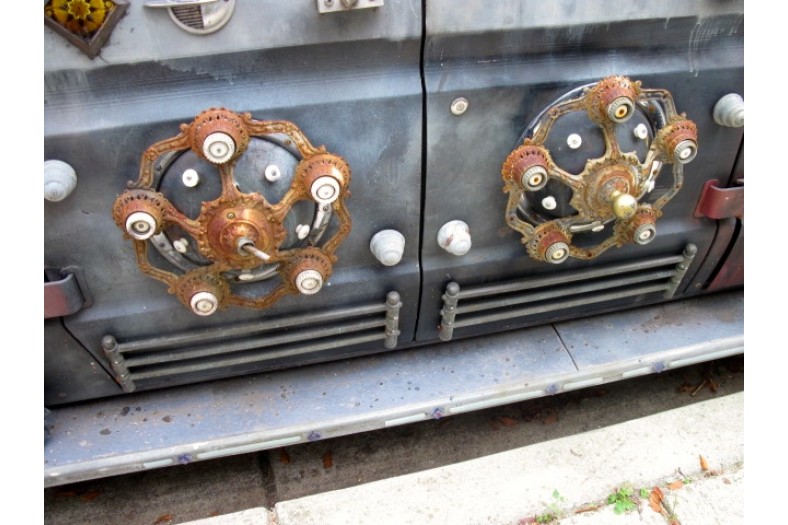
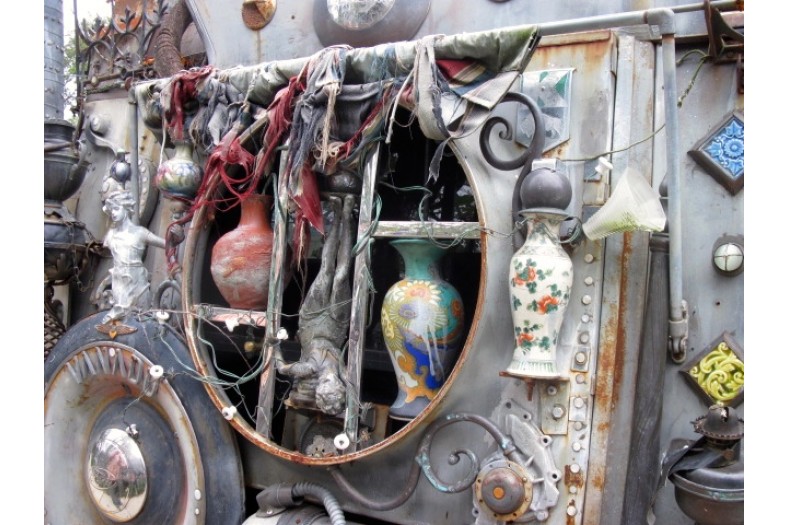
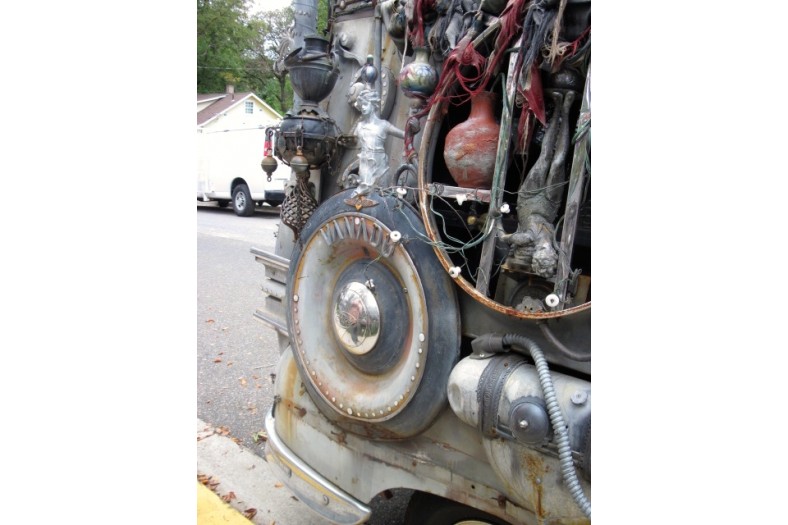
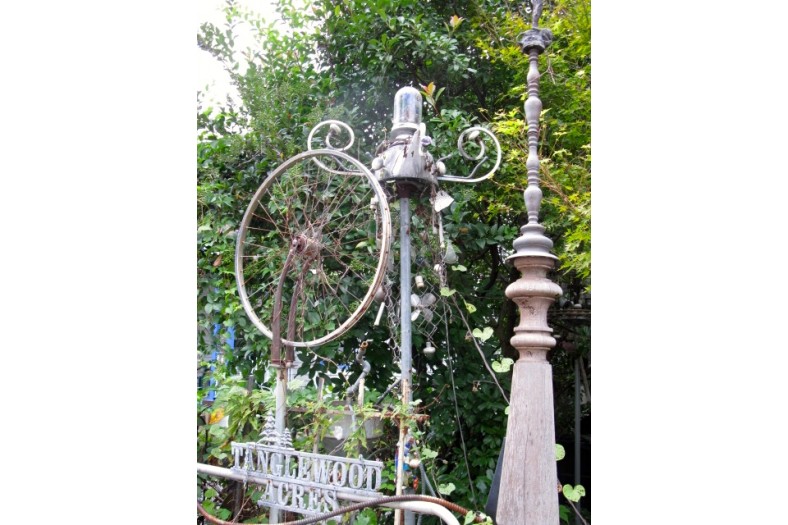
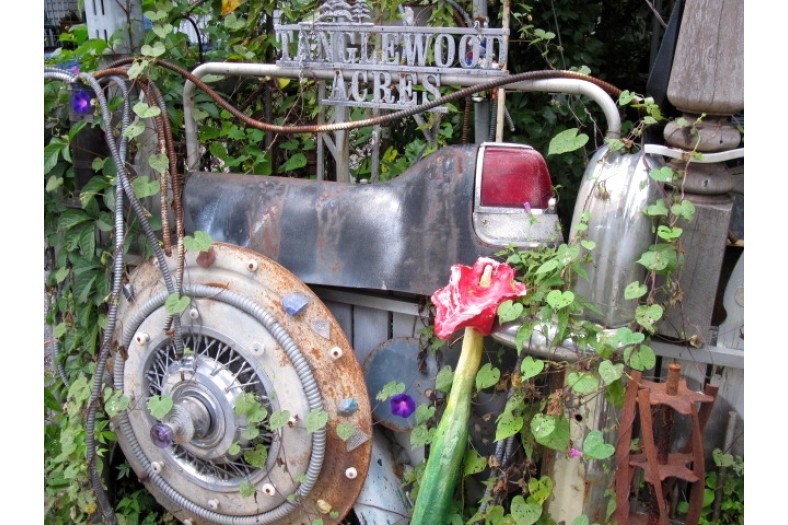
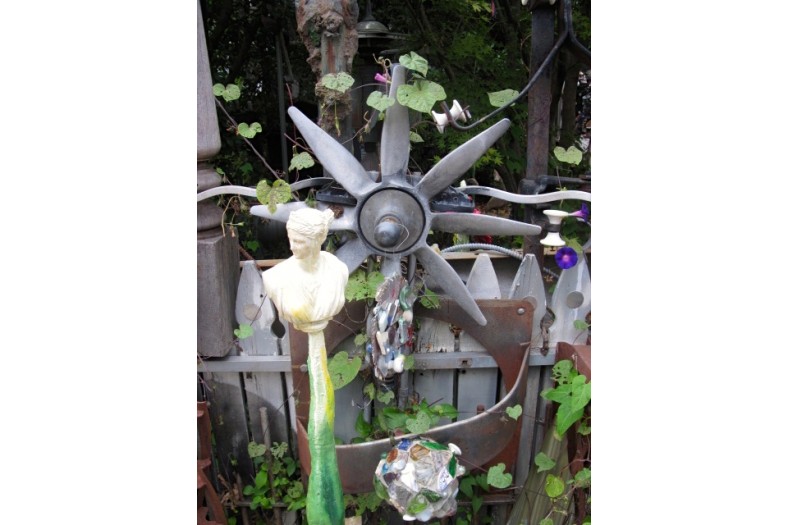
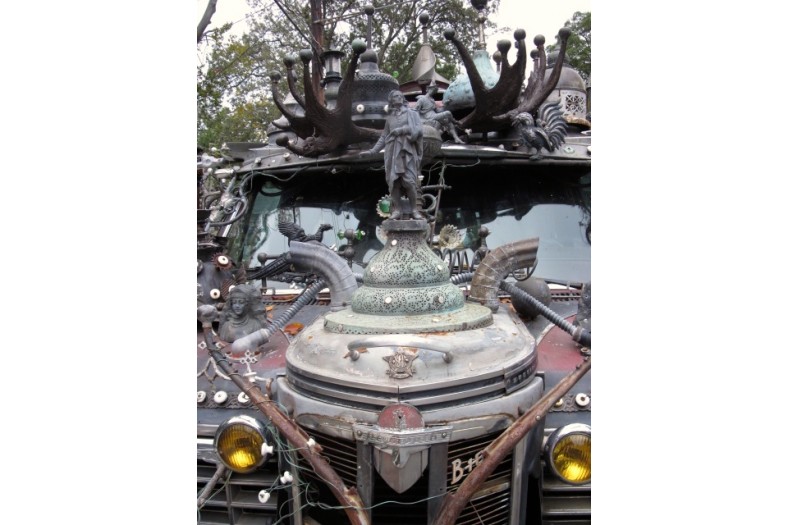
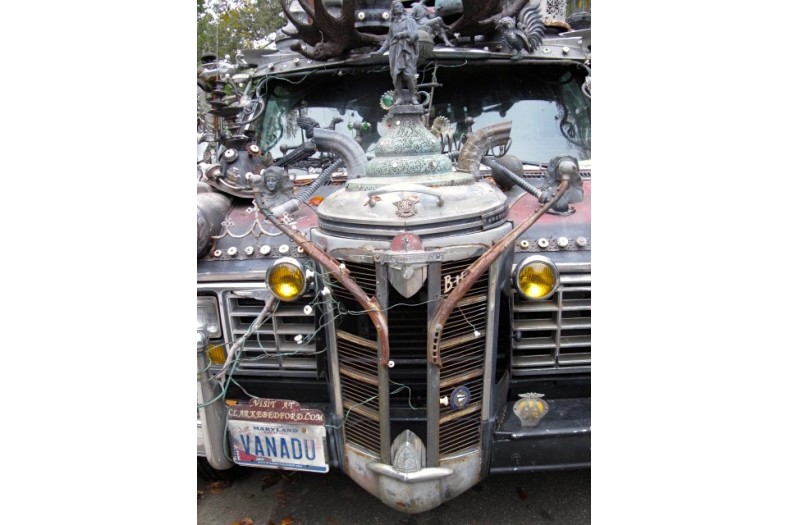
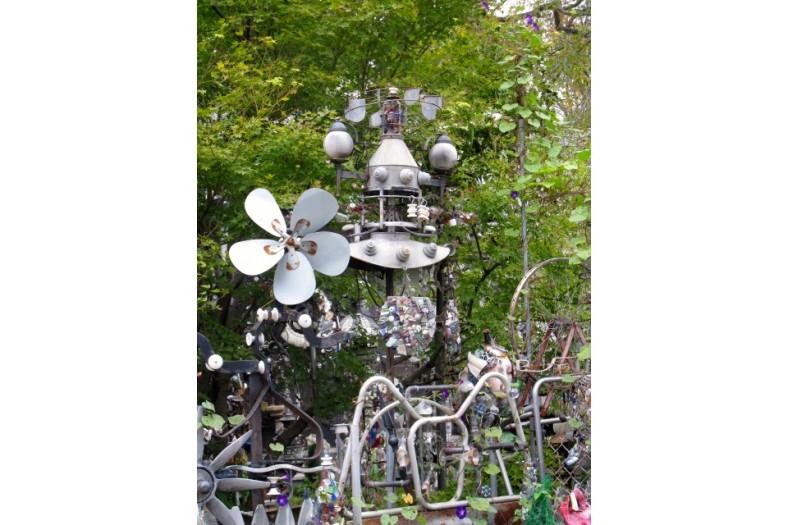
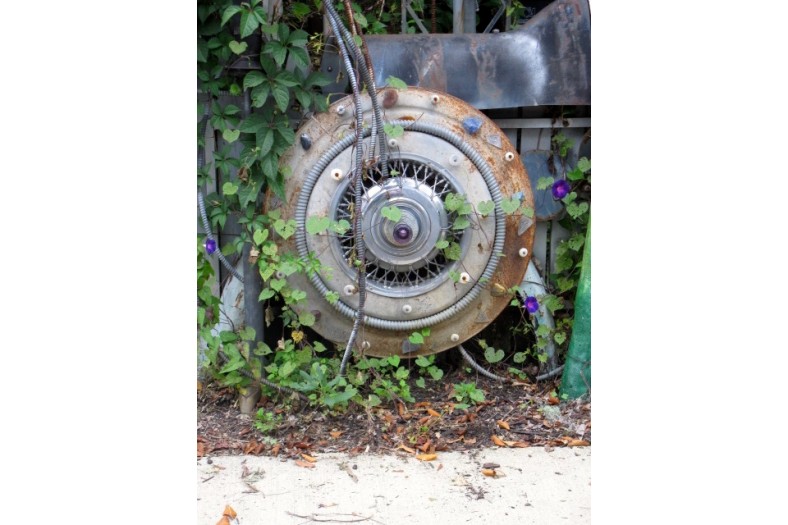
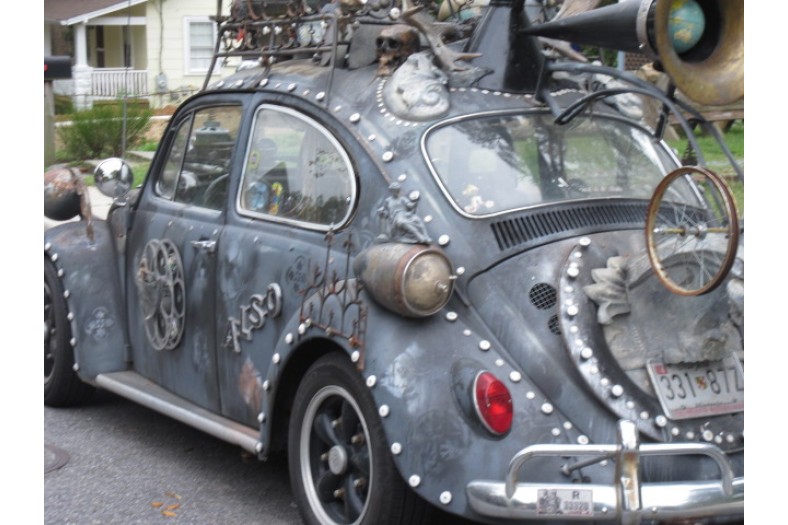

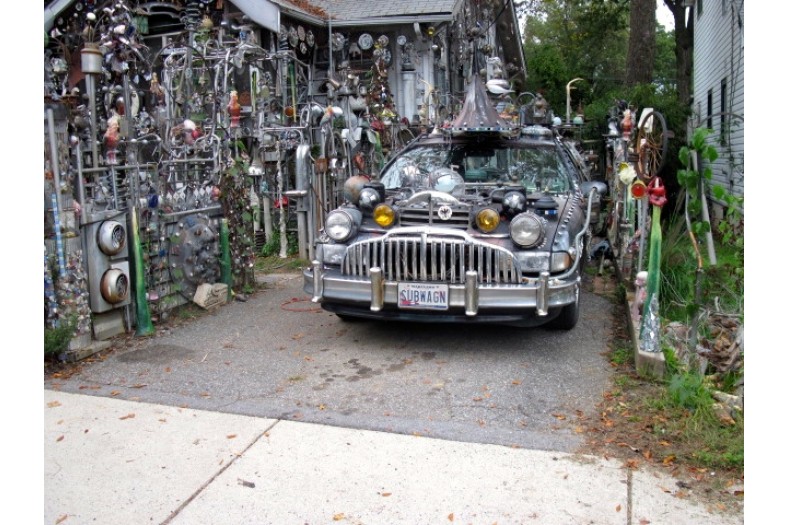
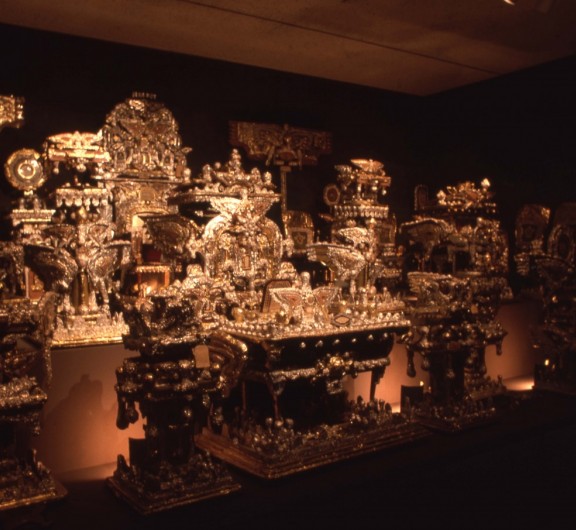

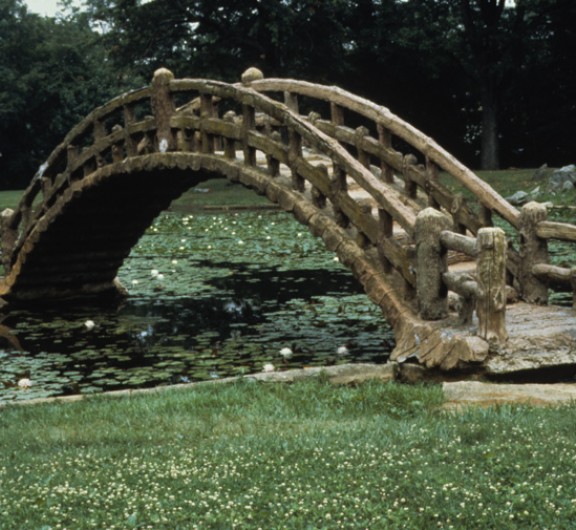
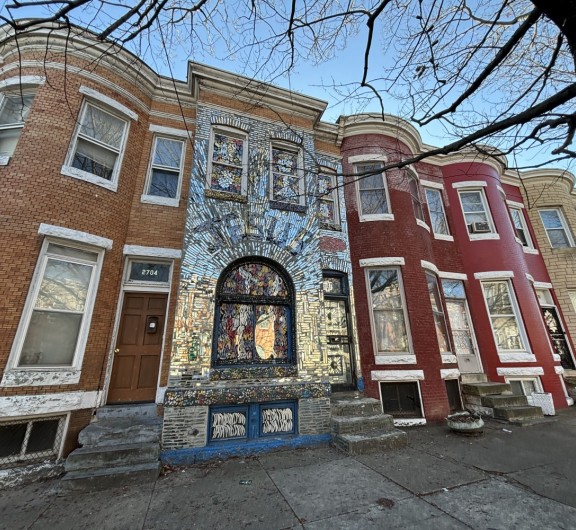

Post your comment
Comments
No one has commented on this page yet.